Mongolia in Winter
Contact us for travel suggestions
Why You Should Visit Mongolia in Winter: A Bucket List Adventure
When most people think of Mongolia, they picture vast open landscapes, the legendary Genghis Khan, or a mysterious land between Russia and China. But there’s so much more to Mongolia, especially in the winter.
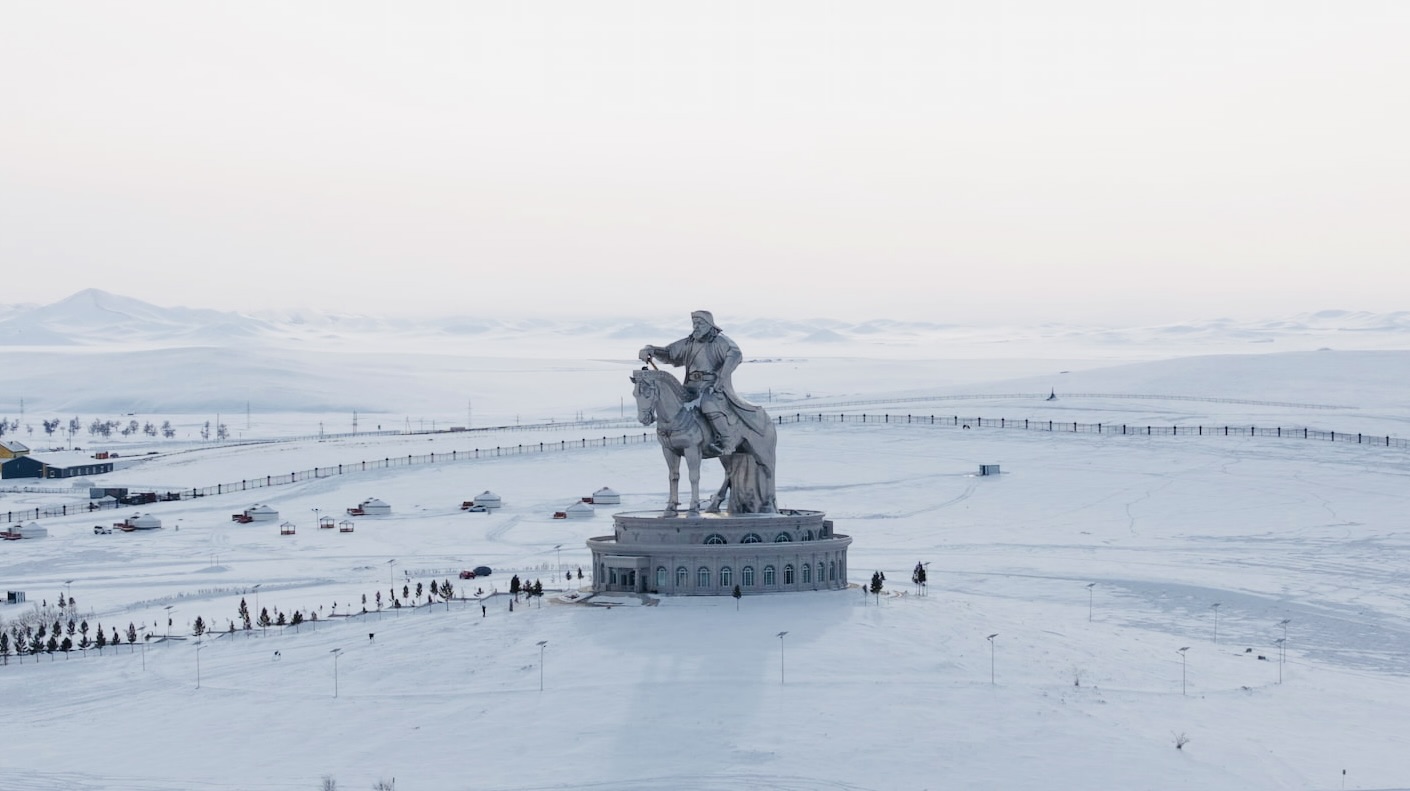
Winter here is not for the faint-hearted. Imagine −40°C winds that chill to the bone, the coldest capital city in the world, and landscapes draped in untouched snow. For those brave enough to face it, Mongolia’s winter is a fierce yet magical experience, creating memories as wild and unyielding as the country itself.
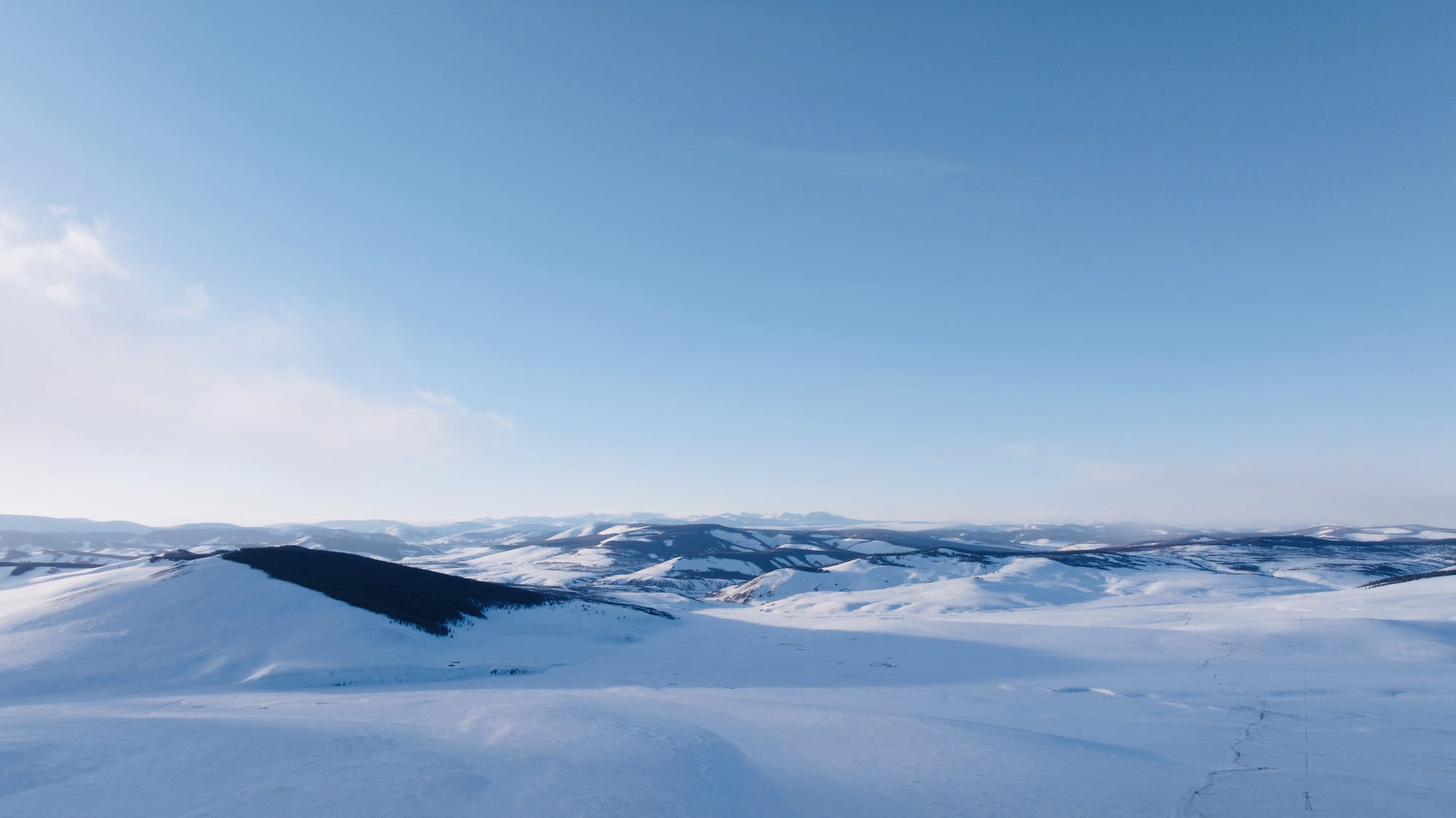
For Mongolians, winter isn’t just a season—it’s part of our spirit. Historically, Mongolian winters have even influenced our victories. During the Mongol Empire, winter gave our armies a unique advantage, allowing Mongolian warriors, led by Batu Khan, to defeat Kievan Rus’ twice in the 13th century. Frozen rivers became natural highways, enabling quick advances and securing victories that shaped history. This legacy has woven winter into the Mongolian identity; we see it as a challenge to embrace, not a threat to fear.

So, why would anyone want to visit Mongolia during such a brutal season? With temperatures often plunging below −40°C, the risks of frostbite are real—you could even lose an ear to the chill! But this extreme climate is part of the allure for those who taste adventure. As a Mongolian, I can tell you there’s something uniquely rewarding about facing our winter head-on. It’s an experience that needs to be lived to be understood.
Surviving -40°C: A Mongolian Guide to Thriving in Extreme Cold
Imagine stepping outside and feeling the air sting your face within seconds. Welcome to a Mongolian winter, where temperatures often plunge to −40°C and below. Here, staying warm isn’t just about comfort—it’s survival. Mongolians have learned to master layering to tackle these conditions, and as a visitor, you’ll need to do the same.
Start with a thermal base layer to lock in your body heat, followed by an insulating mid-layer—think wool or fleece, designed to trap warmth. The outermost layer must be both windproof and waterproof, a critical defense against the fierce Mongolian winds that can turn a casual stroll into a battle against nature. And don’t forget a heavy-duty winter coat, thick cashmere scarves, and wool socks. Your boots should have deep treads to tackle icy paths and enough insulation to warm your feet on snowy terrain.

Mongolia's cold is often a shock for travelers accustomed to European or North American winters. Many arrive with “good” winter gear, only to find it insufficient against the biting Mongolian winds and extreme chill. Here, thermal socks and waterproof boots aren’t optional but essential. The cold takes on a new intensity in high-altitude areas like the Altai Mountains, and insulated gloves become your best friends.
Dressing for a Mongolian winter means fully equipping yourself to face the elements. With the right layers and a touch of Mongolian resilience, you’re not just braving the cold—you’re stepping into the heart of an unforgettable winter adventure, ready to embrace Mongolia’s legendary beauty without feeling its icy bite.
No Worries if You Don’t Have the Right Gear
If you are underprepared for Mongolia’s winter, don’t worry—Ulaanbaatar has you covered. You can easily pick up warm essentials around the city, even on short notice.
Head to the Narantuul Market, or as locals call it, the “Black Market.” It’s one of the best places to get authentic Mongolian winter gear. Here, you’ll find fur-lined boots, wool hats, thick gloves, and everything in between at affordable prices. The market is bustling with local vendors, so it’s also a chance to experience local culture while gearing up.
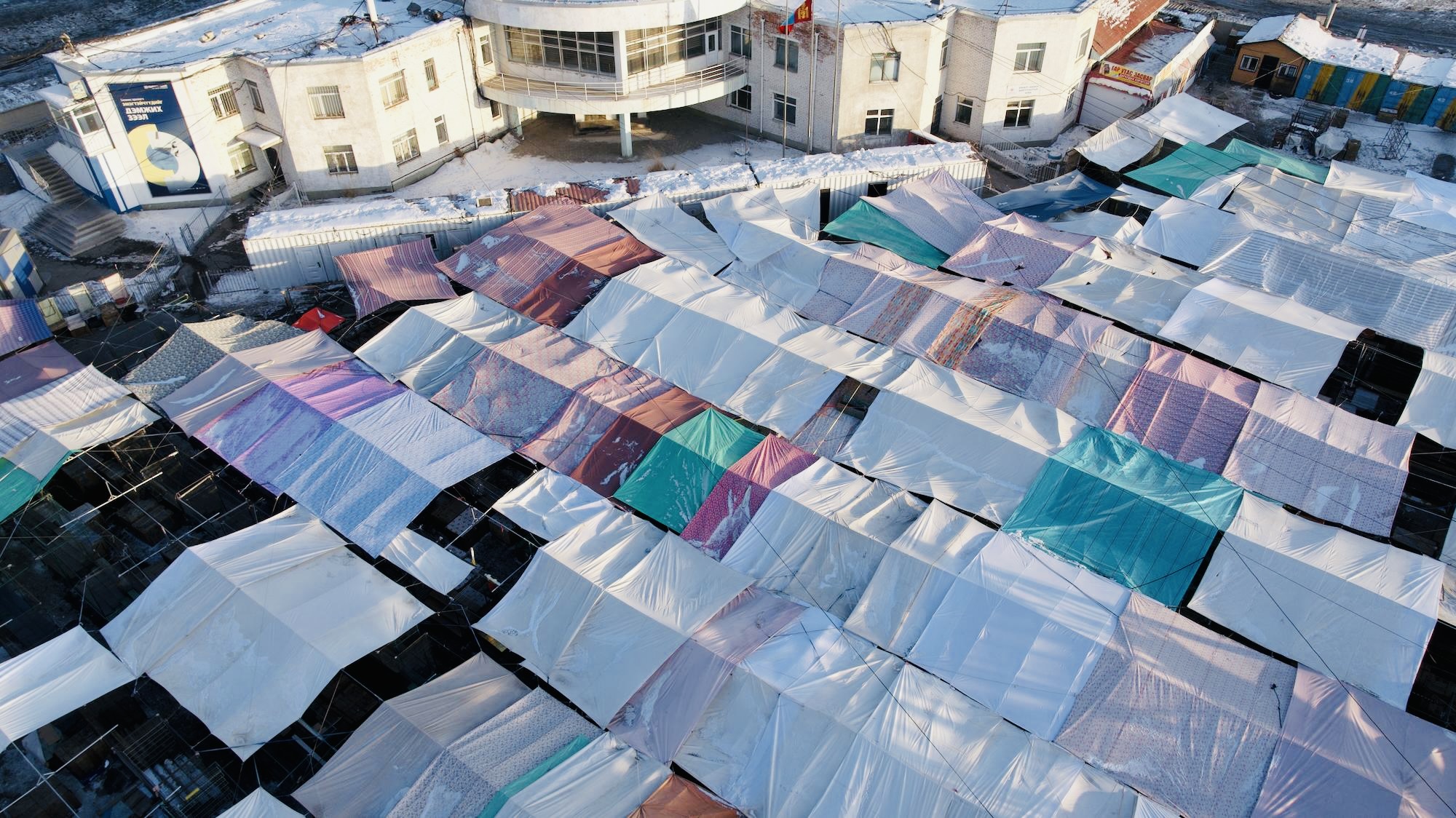
Gobi Cashmere is well-known for its quality clothing, so if you’re interested in something more refined, they have everything from sweaters and scarves to wool socks and coats, all made from fine Mongolian cashmere. It’s warm, comfortable, and ideal if you want something beyond your winter trip.
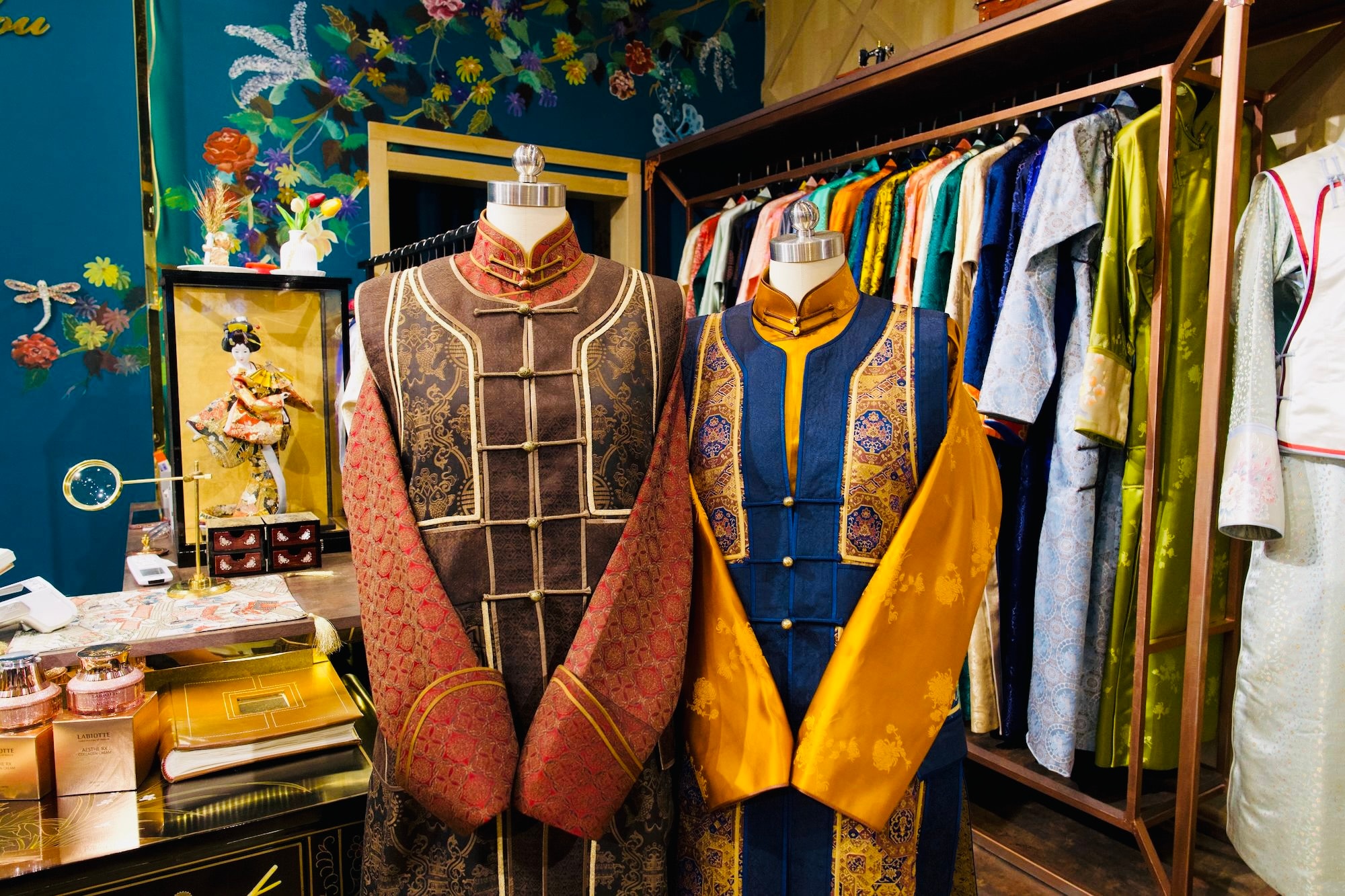
Some shops specialize in handcrafted fur coats made from locally sourced materials to offer a taste of genuine Mongolian warmth. These coats are not only functional but are also designed for Mongolia’s intense winters.
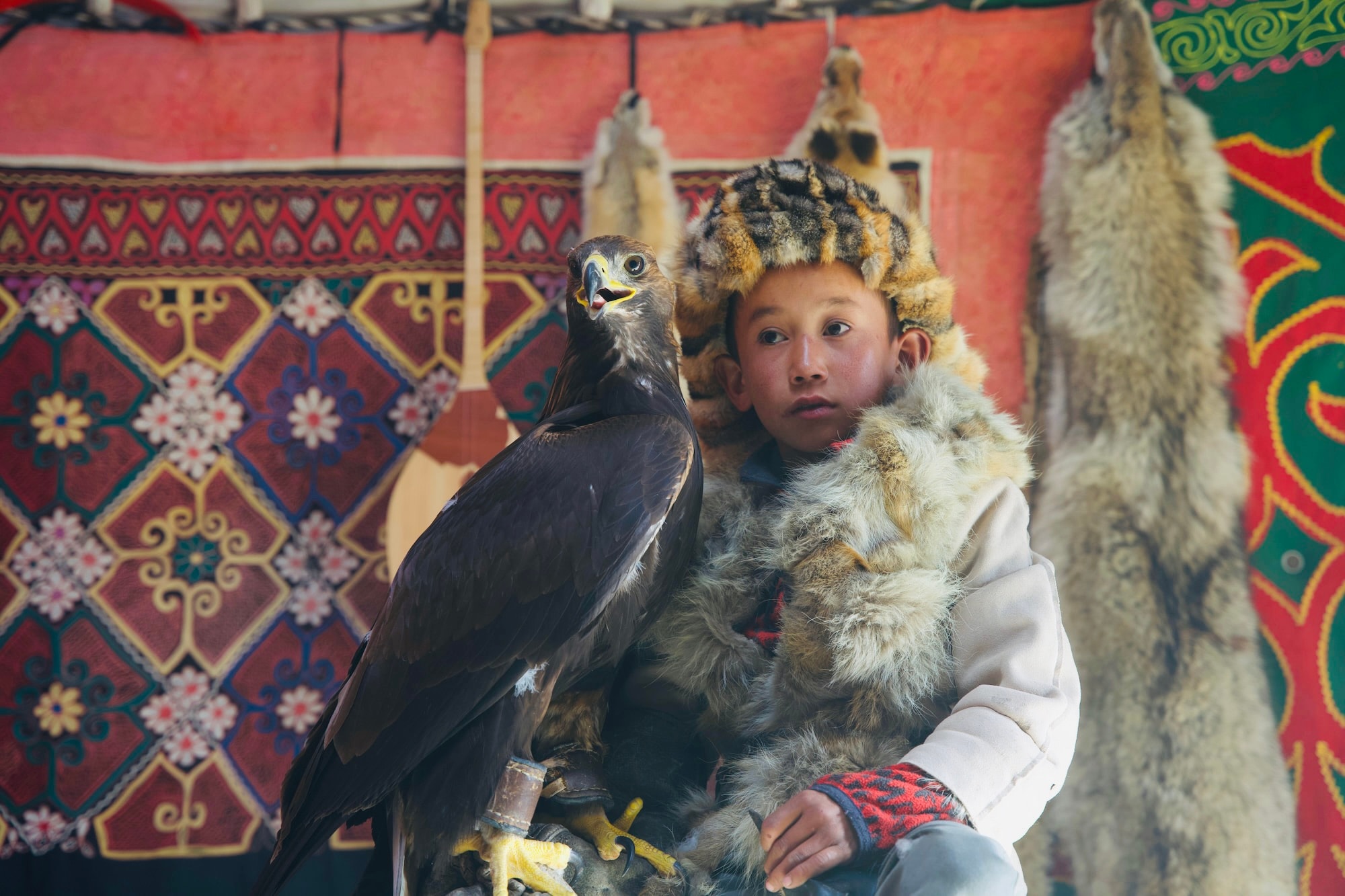
Finally, for those planning more adventurous activities, Ulaanbaatar also has stores with high-performance winter jackets and thermal boots specifically suited for Mongolia’s conditions. So, even if you arrive underdressed, you’ll be able to find what you need to enjoy our winter to the fullest.
Embracing the Cold: Unforgettable Winter Trip Experiences in Mongolia
Khuvsgul Lake Ice Festival: Where Culture Meets Winter Sports
Every March, Khuvsgul Lake, often called Mongolia’s “Blue Pearl”, freezes into a massive ice sheet surrounded by snow-capped mountains. This frozen expanse becomes the site of the Khuvsgul Lake Ice Festival, a gathering where Mongolian culture and winter sports come together. The lake’s icy surface and crisp air make for an unforgettable experience as both locals and visitors embrace the cold in the heart of Mongolia’s northernmost province.
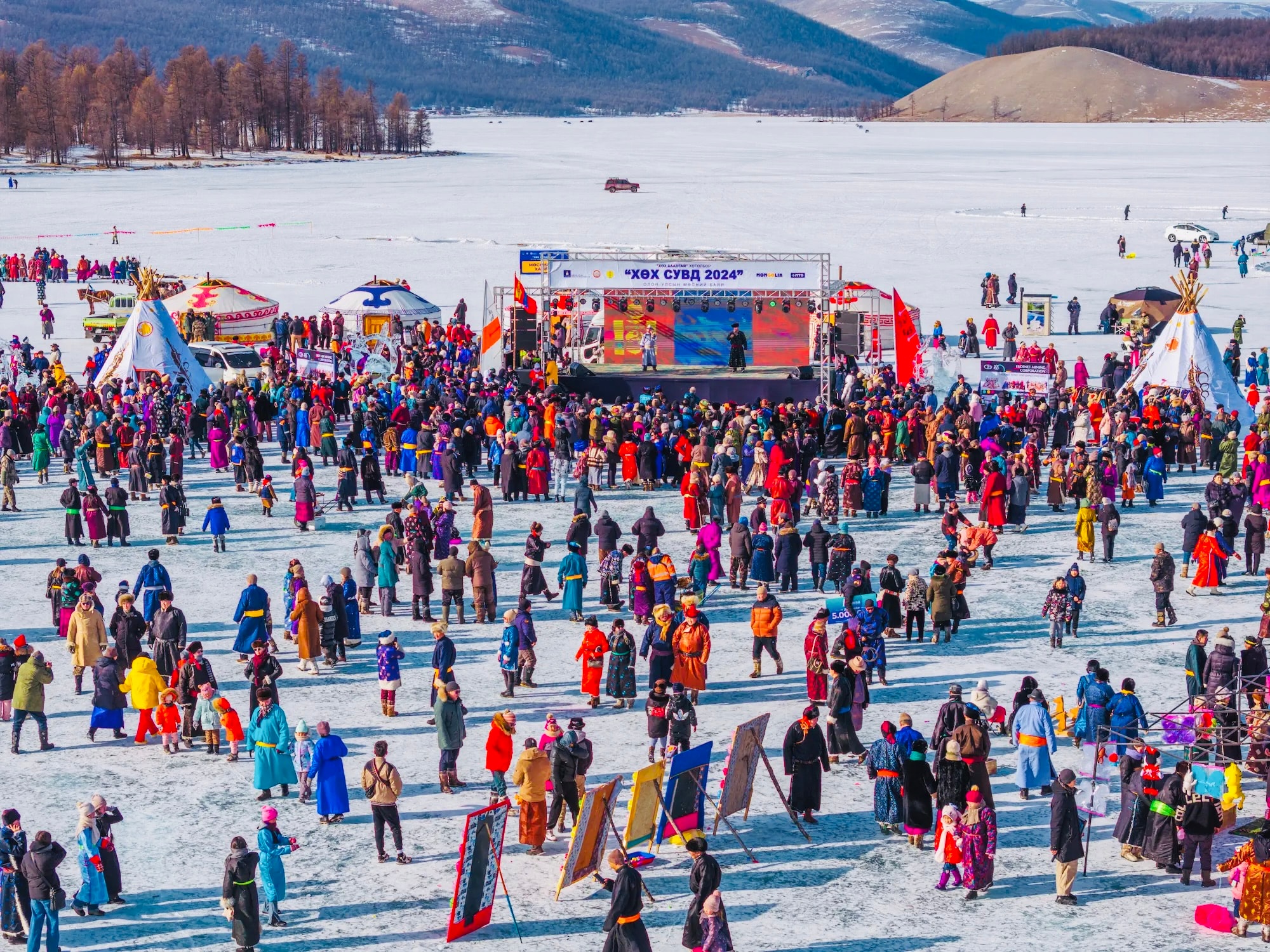
The festival offers plenty of classic winter sports like ice skating, horse-drawn sled races, and tug-of-war competitions. However, it is unique how Mongolia’s traditional sports, like wrestling and archery, are adapted to the ice. Watching wrestling matches and archery competitions on a frozen lake is something few expect, and it highlights the strength and resilience of Mongolian culture. There are also ice-sculpting contests, with locals carving intricate designs from blocks of lake ice, showcasing their skills and creativity.
For Mongolians, the Ice Festival is more than a festival; it’s a tribute to winter’s role in our lives and history. Here, winter isn’t seen as a hardship but as something to celebrate. This festival allows visitors to see a side of Mongolia that isn’t often shown—a people who find joy, connection, and strength even in the coldest season.
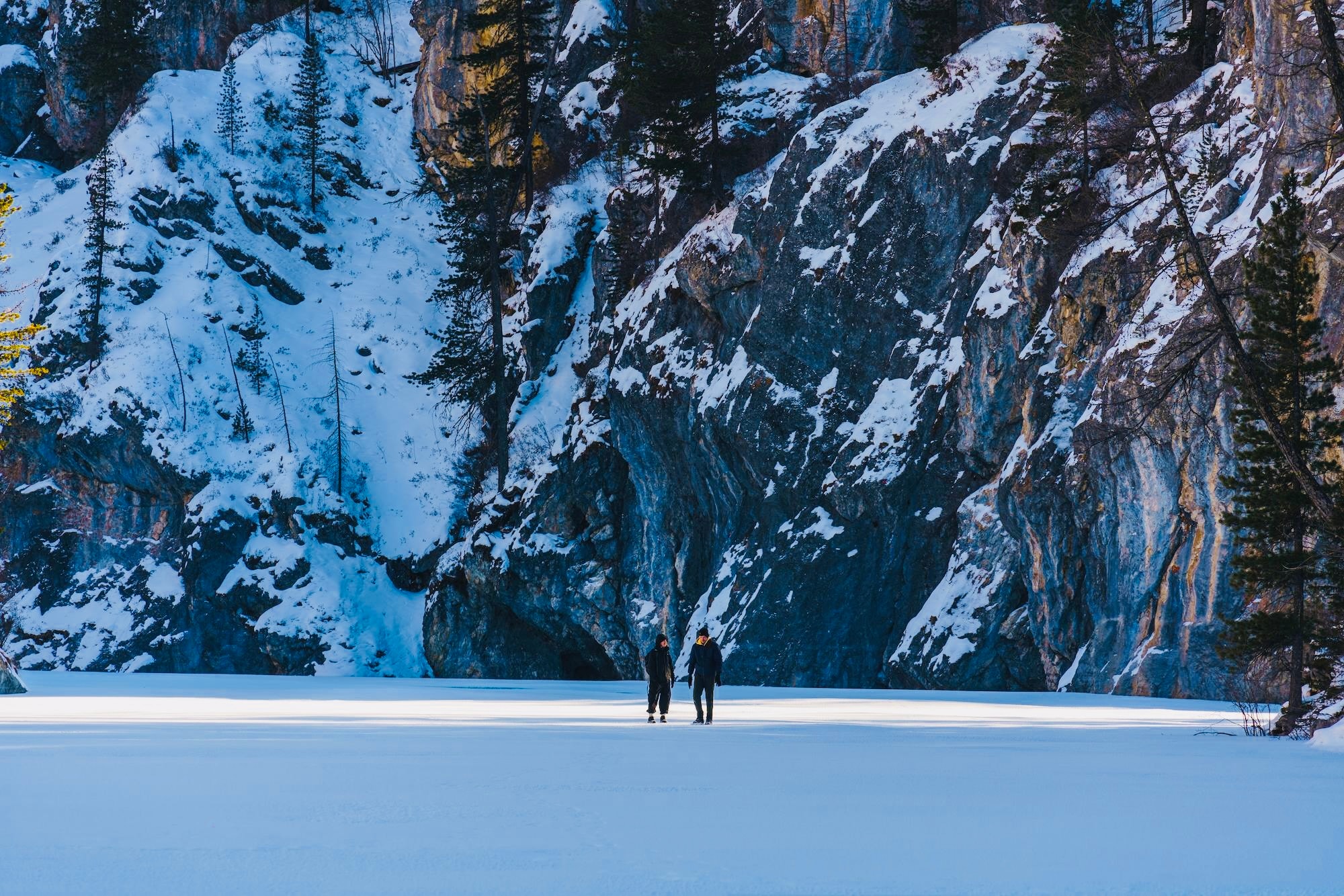
Eagle Festival in the Altai Mountains: Bonding with Nature
The Eagle Festival, held each winter in the Altai Mountains of western Mongolia, offers a rare look into the Kazakh tradition of hunting with golden eagles. For the Kazakh eagle hunters, or berkutchi, eagles are much more than hunting birds—they’re trusted partners. This ancient practice, passed down through generations, involves training eagles to hunt foxes and rabbits in the rugged, snow-covered terrain. The relationship between hunter and eagle is built on trust and skill, something you can see firsthand at the festival.
The festival features competitions where eagle hunters display their birds' agility, precision, and speed. Hunters call their eagles from a distance, watching the birds swoop down with remarkable control and power. Beyond eagle displays, visitors can also witness kokpar, a traditional game in which riders compete in a tug-of-war on horseback with a goat carcass, adding to the cultural depth of the event.
For visitors, the Eagle Festival is an opportunity to witness a deeply rooted way of life that connects people with nature. Set against the backdrop of Mongolia’s Altai Mountains, this festival isn’t just about the thrill of the hunt—it’s a celebration of cultural endurance, the relationship between humans and the natural world, and the unique resilience of Mongolia’s Kazakh people.
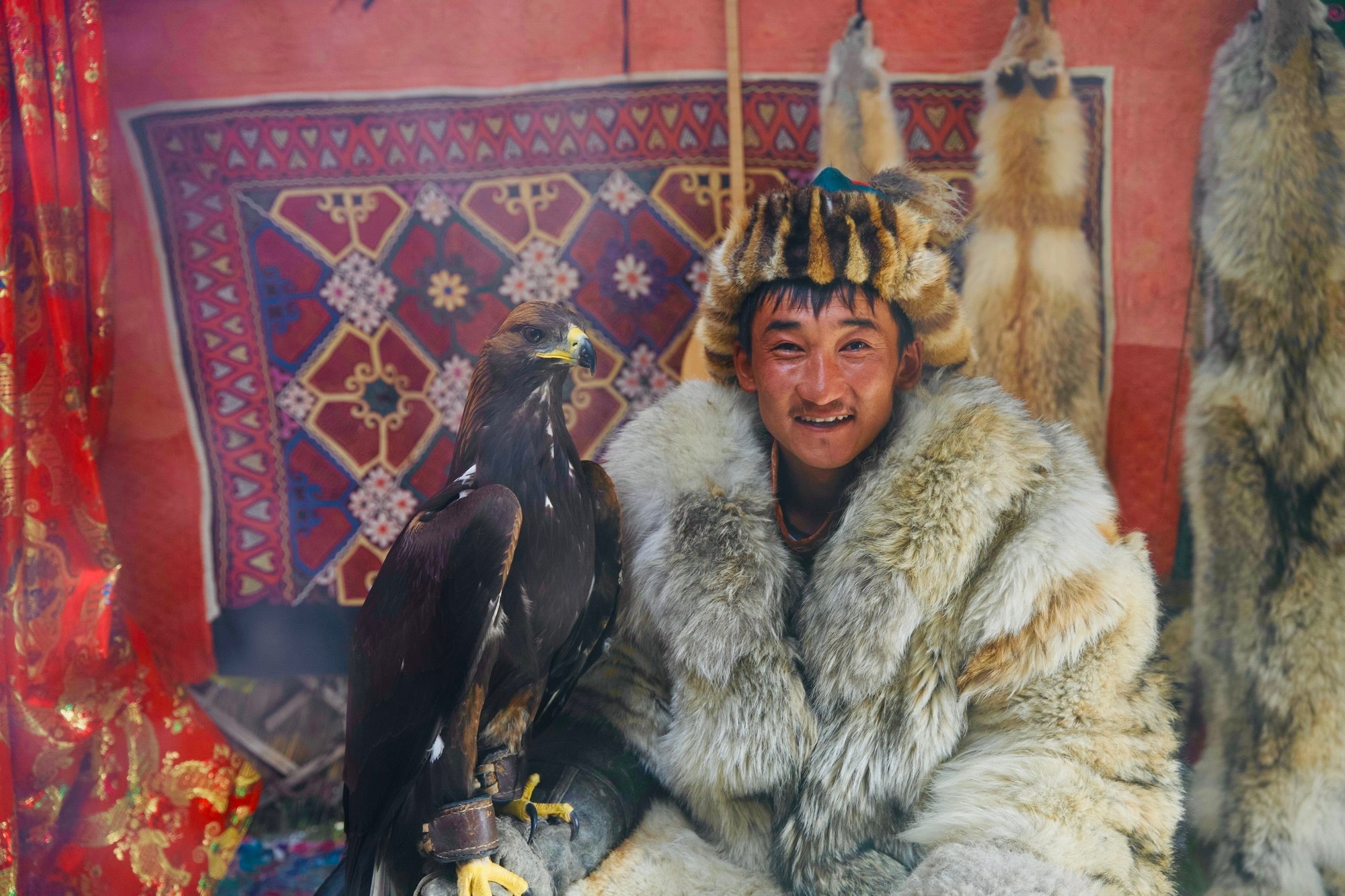
Taiga Experience with the Dukha Reindeer Herders: A Spiritual Connection
In the high-altitude Taiga forests of northern Mongolia, visitors have a rare chance to immerse themselves in the lives of the Dukha reindeer herders. For the Dukha, their reindeer are much more than animals; they are essential partners in daily life and have a deep-rooted connection to the natural world.

During a stay with the Dukha, visitors can ride through serene, snow-covered trails in reindeer-pulled sleds, connecting with the wilderness in a way few other places offer. The Dukha people generously share their traditional songs, stories, and shamanic practices, honoring a spiritual bond with the land and its animals. These customs, passed down through generations, embody the profound connection between the Dukha and their environment.
Staying with Dukha families in their Ortz (traditional teepee-like tents) offers a peaceful escape and a glimpse into a lifestyle centered on reindeer herding. Even in Mongolia's harsh winter, the Dukha live harmoniously with the land. This experience isn’t a festival but an invitation to step into a world shaped by nature and tradition. It is a significant journey for those seeking cultural understanding and spiritual connection.
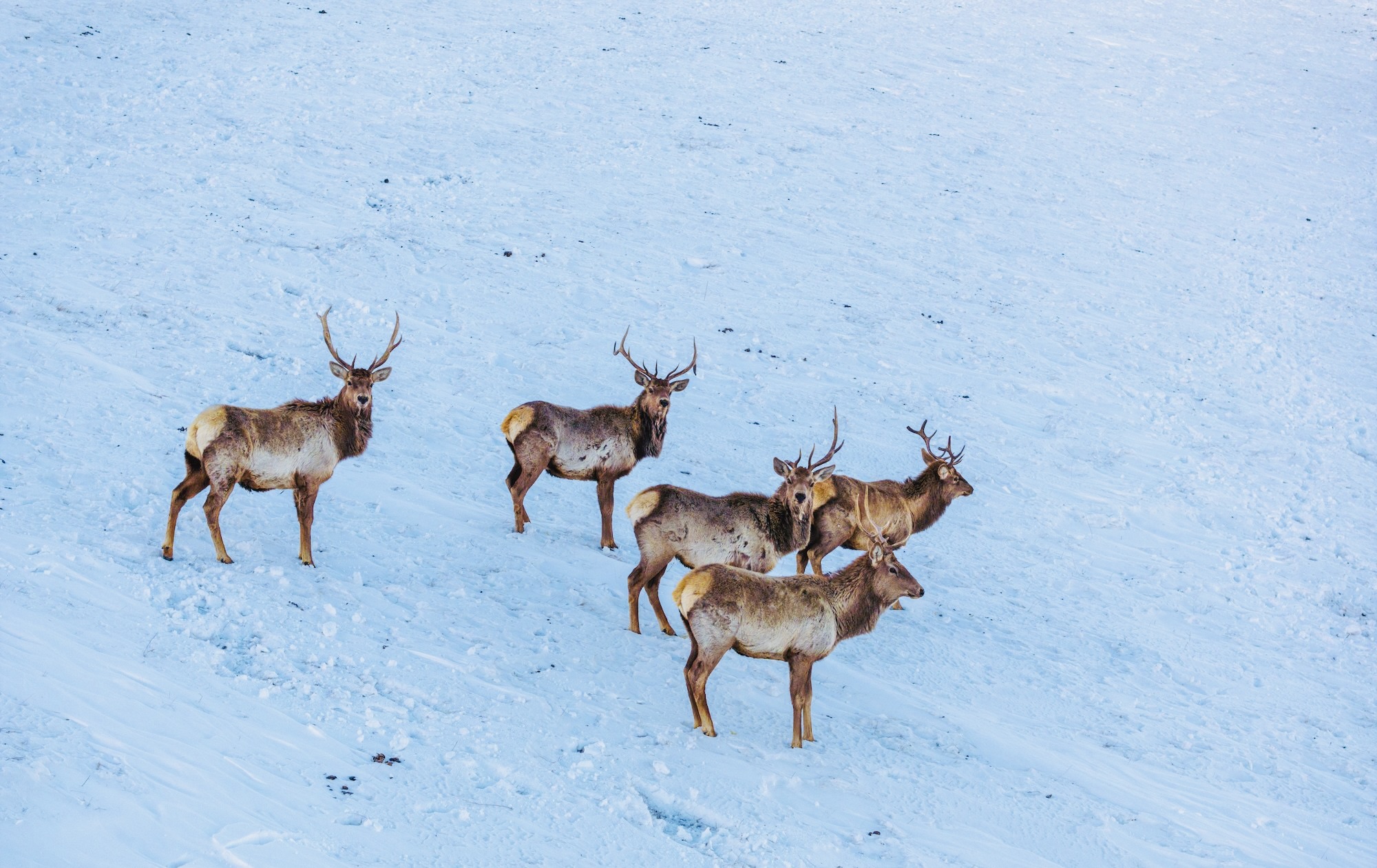
Tsagaan Sar: Mongolia’s Lunar New Year Celebration
Tsagaan Sar, Mongolia’s Lunar New Year, is one of the country’s most essential and deeply rooted celebrations, typically held in February. According to the lunar calendar, this holiday marks the end of winter and the start of a new year, bringing family and tradition together in a celebration that fills each home with warmth and hospitality.
One of the highlights of Tsagaan Sar is the food, especially Buuz—Mongolia’s famous steamed meat dumplings. Families prepare hundreds of these dumplings to serve guests, a task taken on with pride and dedication. It’s often joked that by the end of the day, everyone has had their fill, with some even saying they’ve eaten “at least a hundred!” As guests travel from home to home, each family offers food and endless cups of Suutei Tsai (milk tea), Bantan (meat soup), and other Mongolian delicacies. These meals reflect Mongolian hospitality, where welcoming the new year means making every guest feel at home.

During Tsagaan Sar, traditional games are also played, connecting families to their heritage. One favorite is shagai, or “bone-snapping,” which uses the ankle bones of sheep or goats. Another is the turtle bone game, a traditional game many Mongolians have held dear since childhood. Participating in these games and spending time with nomadic families offers a glimpse into Mongolia’s rich, enduring customs and creates a sense of shared joy and connection.
Tsagaan Sar is more than just a holiday—it’s an invitation to experience the heart of Mongolian culture. Visiting relatives, respecting elders, and embracing a sense of unity and warmth are at the core of this celebration, where each meal, game, and gesture is a tribute to centuries-old traditions. For anyone lucky enough to experience it, Tsagaan Sar brings Mongolia’s spirit of resilience, community, and hospitality to life, even in the depths of winter.
Hospitality in Mongolia: Warm Welcomes on Cold Days
Experiencing Mongolian hospitality is one of the most heartwarming aspects of visiting during winter. Mongolians have a long tradition of welcoming guests, especially in the cold season, when warmth and comfort become more than simple gestures—they’re essential acts of care. Visitors to a Mongolian Traditional Yurt are often greeted immediately with a hot bowl of Suutei Tsai, the classic Mongolian milk tea. This isn’t just a drink; it’s a symbol of welcome to warm up the body and the spirit.
Stepping inside a Traditional Yurt during winter, you’ll likely be treated to a spread of local snacks, like Aaruul (dried curd) or Boortsog (fried biscuits). For many Mongolians, ensuring guests are fed and comfortable is a natural part of their hospitality. In winter, this can mean sharing hearty foods like Khuushuur (fried meat dumplings) or a hot serving of Tsuivan (stir-fried noodles with meat and vegetables)—simple but satisfying dishes that offer warmth and energy to brave the cold.
Mongolian hospitality goes beyond food and drink. It’s common to see locals help strangers in need, especially during harsh winters. Stories of travelers getting stuck on snowy roads and being helped by passing nomads are familiar. Mongolians extend this generosity naturally, treating each other—and visitors—as part of their larger community. This support is deeply rooted in nomadic traditions, where people rely on one another for survival in challenging conditions.
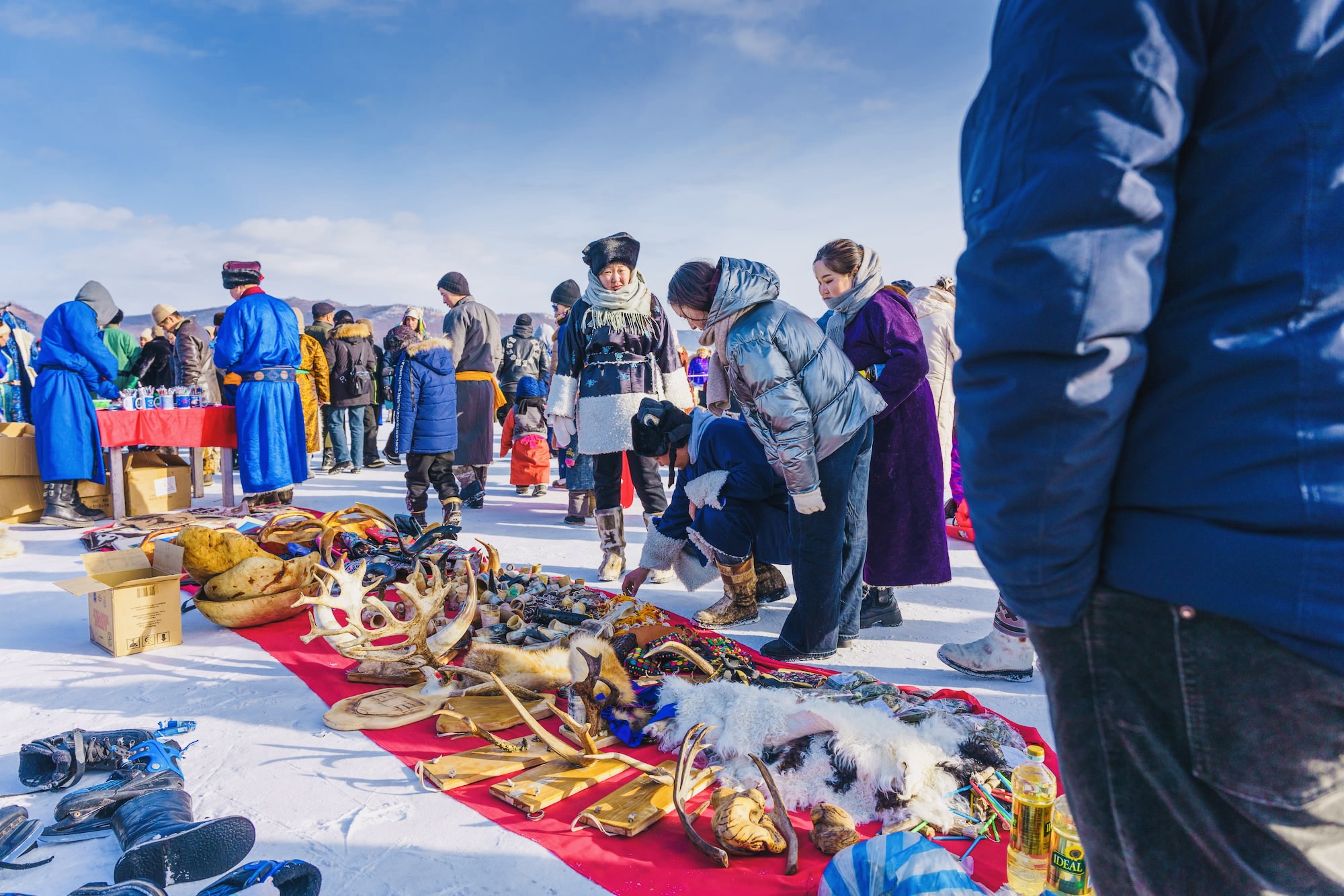
An exciting winter tradition is the addition of horse meat to the diet, which is believed to provide extra warmth and energy during the coldest months. Though it may be new to some, this traditional meat is one of the ways Mongolians have adapted their diet to withstand the extreme cold. Trying this dish is a unique experience for adventurous visitors, offering a taste of local life deeply tied to the winter season.
In Mongolia, winter hospitality is not just about keeping warm; it’s about creating a welcoming space for connection, resilience, and mutual support. For travelers, this literal and cultural warmth is essential to experiencing Mongolia’s winter firsthand.
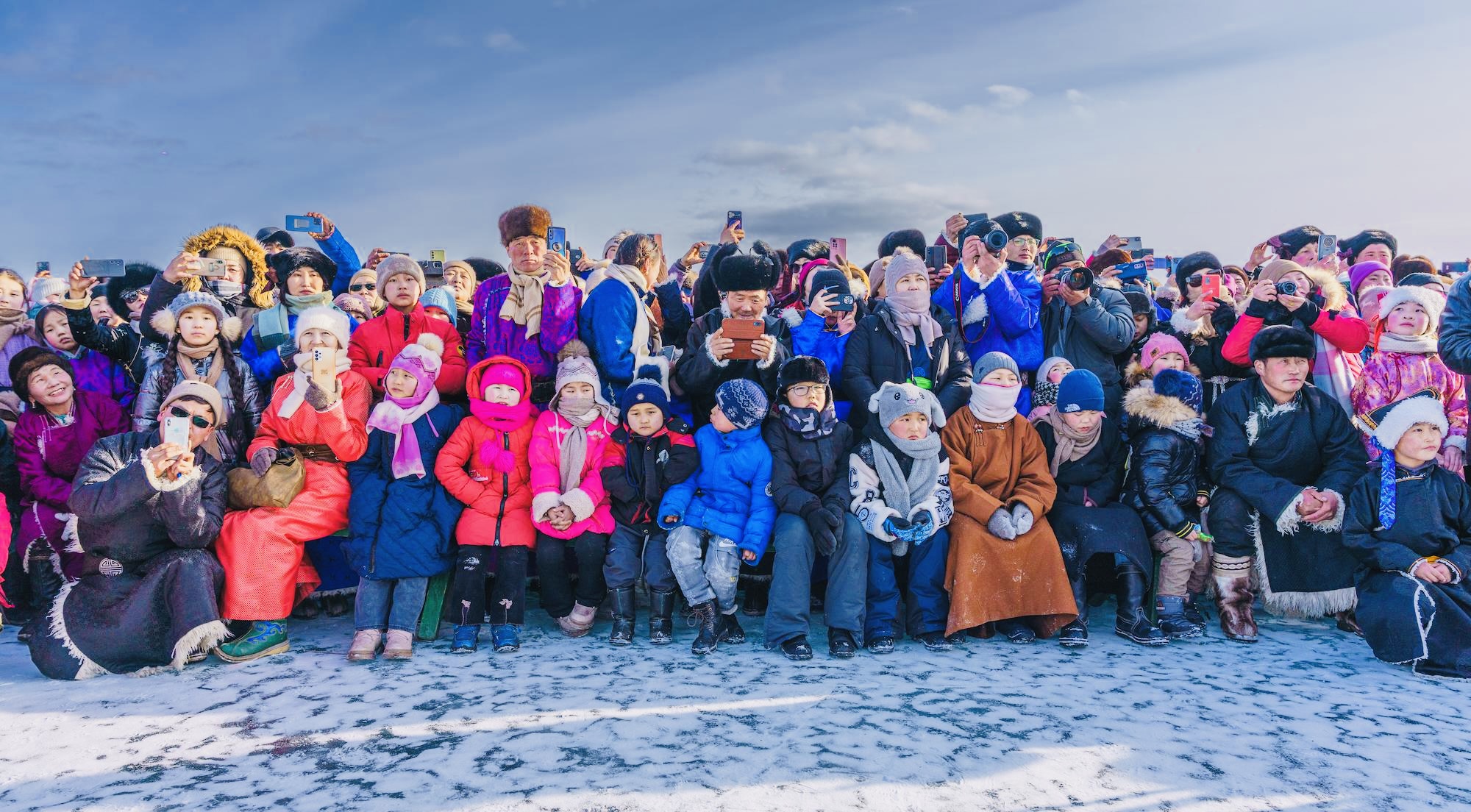
Winter Landscapes and Natural Wonders: Mongolia’s Untouched Beauty
Mongolia’s winter landscapes reveal an untouched, raw beauty that stands out even in the vastness of Central Asia. Each region offers a unique view in winter, showcasing nature at its most honest and pure.
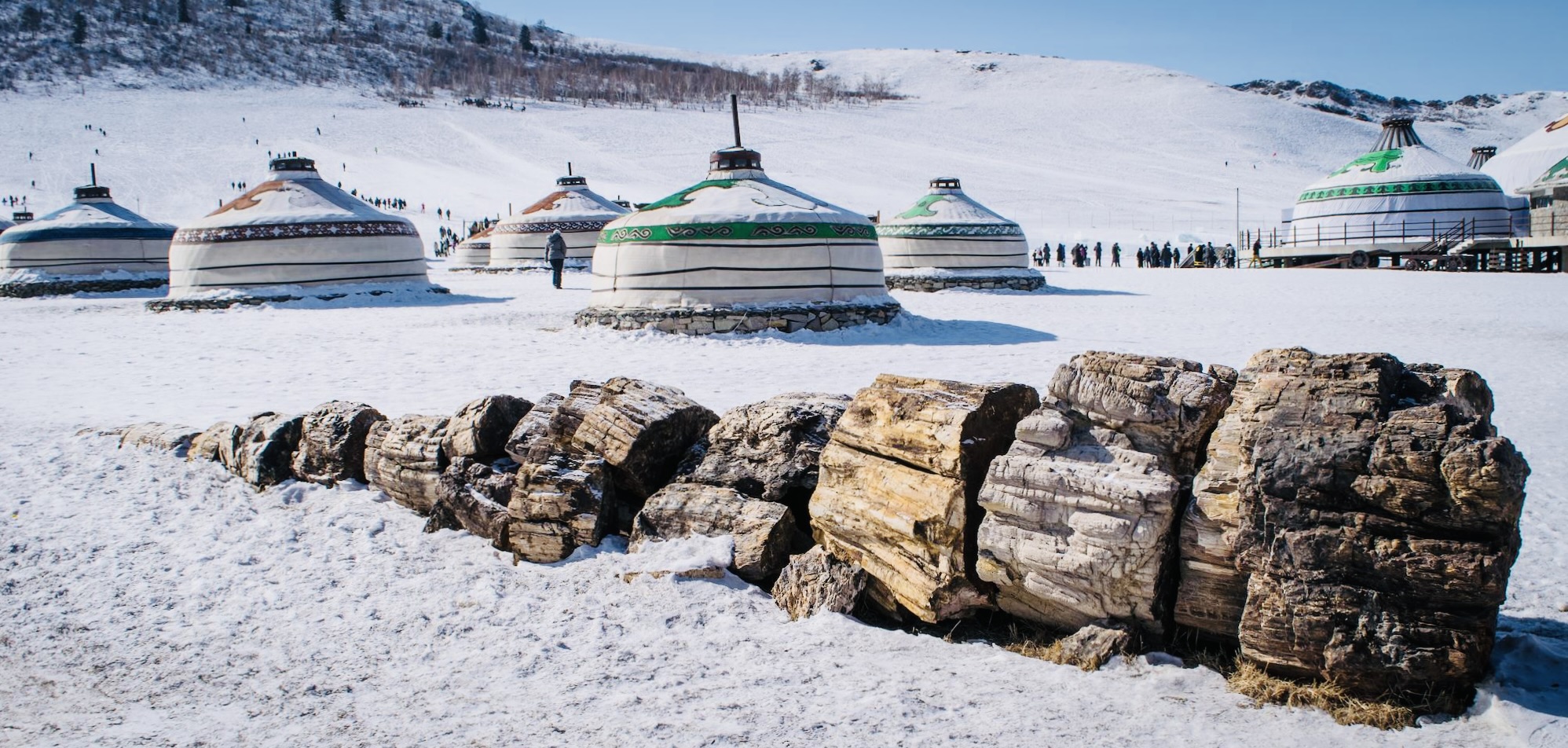
Take Lake Khuvsgul, for example. Known as the “Blue Pearl of Mongolia”, this lake freezes so solid that locals and travelers can cross it by car, sled, or even on foot, surrounded by frozen waves and the silence of a place untouched by crowds. In winter, this lake becomes more than a body of water—it’s a pathway, a playground, and a reminder of Mongolia’s deep connection to its natural world.
Then there’s the Altai Mountains, where the peaks are blanketed in snow and wildlife roams freely. For those looking for a remote and rugged experience, this region might spot animals like the elusive snow leopard, ibex, or wolves. The Altai’s terrain is challenging, but witnessing these animals in their natural habitat, surrounded by snow and endless mountain views, offers a rare experience that speaks to Mongolia’s wild side.
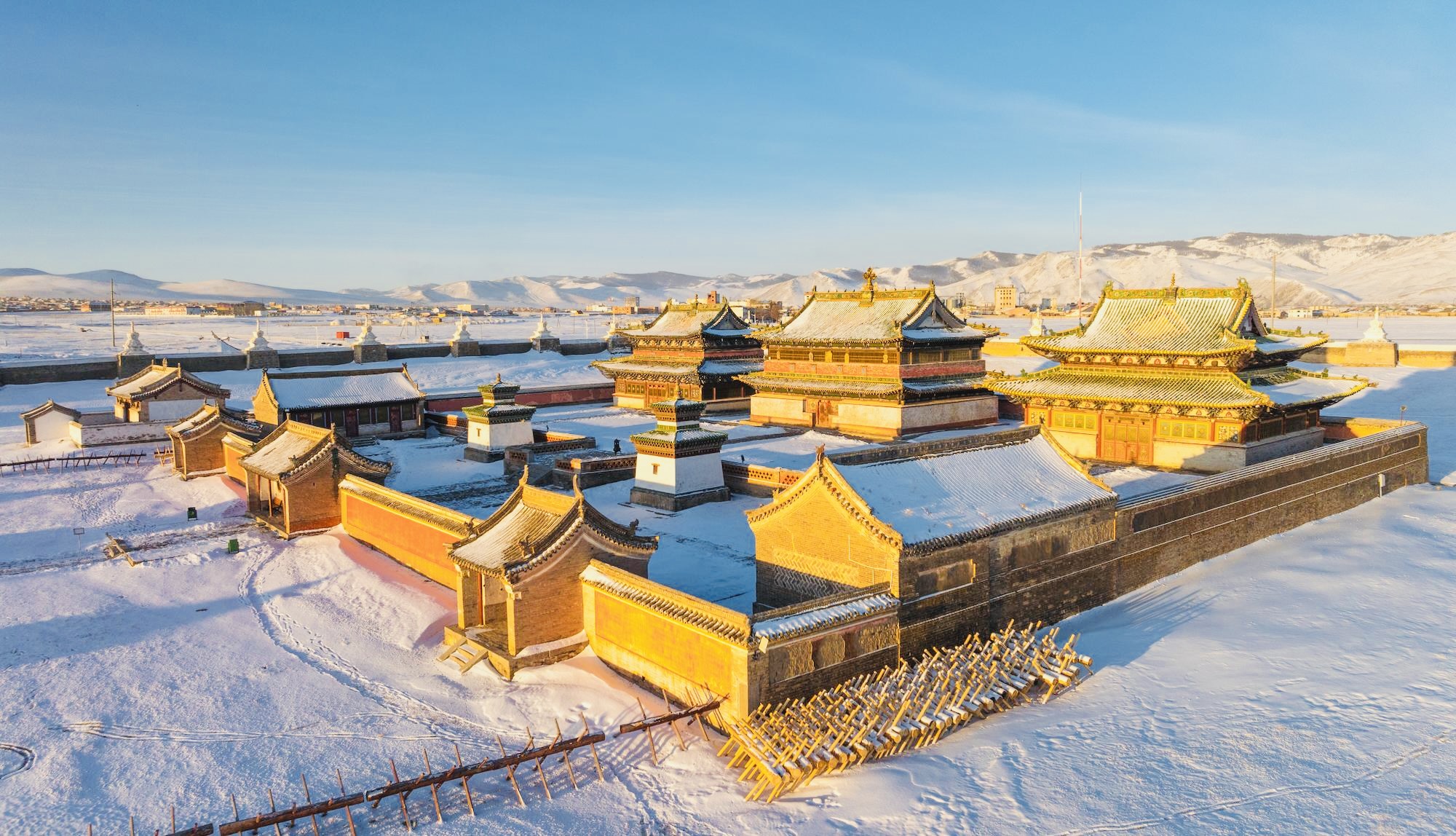
The Gobi Desert also transforms with the winter season. A light dusting of snow covers the dunes, and the Bactrian camels—iconic for their double humps—put on their thick winter coats, making it a surreal sight. Seeing these camels in the snow is something few expect from a desert, adding to the Gobi’s mystique as a place where extremes meet.
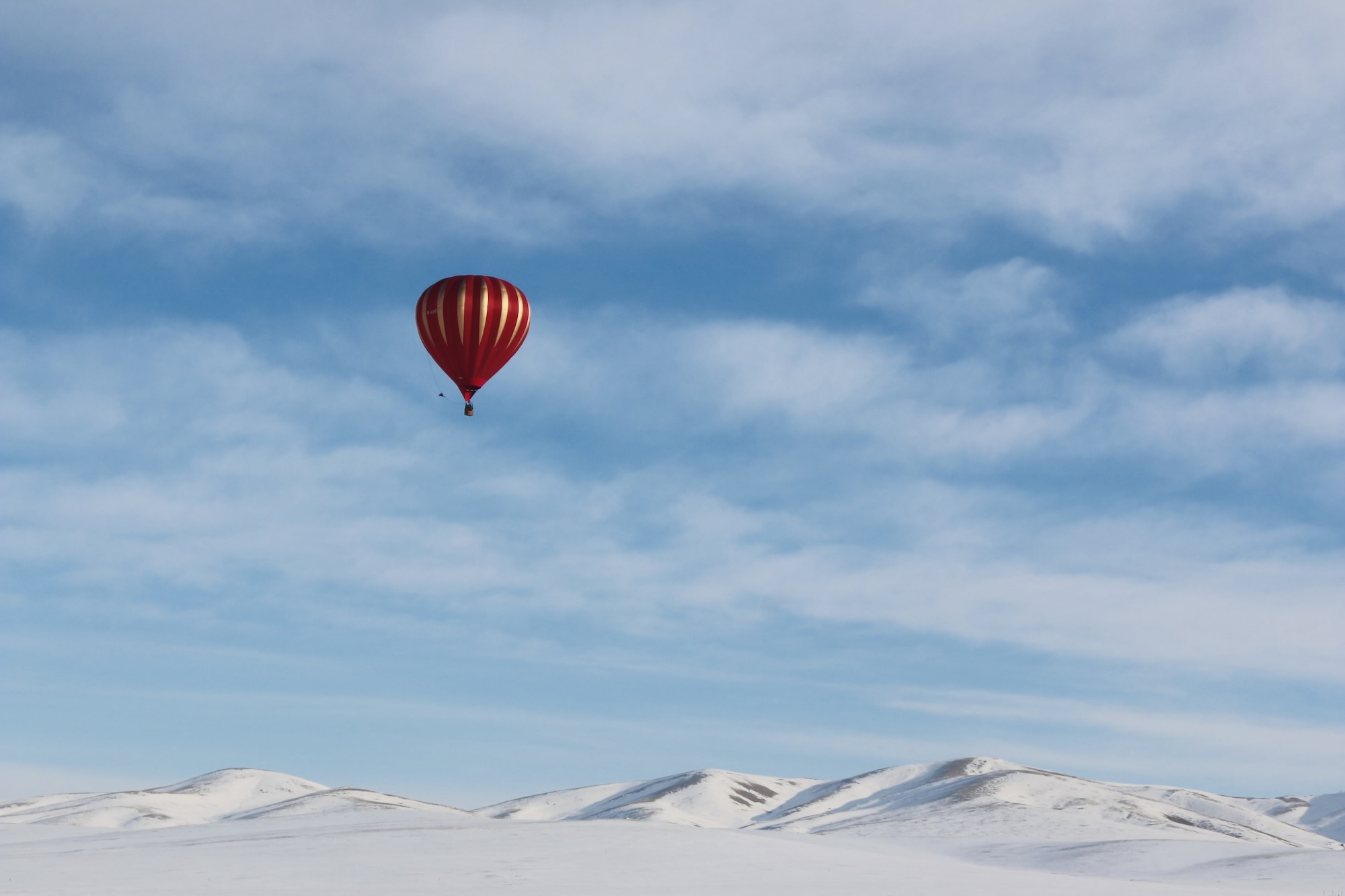
And for those heading to the far north, Mongolia even offers a rare chance to see the Northern Lights. If luck is on your side, you may witness this natural phenomenon flickering across a sky free from light pollution, making for an unforgettable night in the Mongolian wilderness.
To explore these remote areas, Avis Mongoliaprovides vehicles ready for winter travel, from SUVs built for snowy roads to sturdy trucks that can cross frozen lakes and navigate rugged paths. With a reliable vehicle, travelers can safely experience these landscapes and make the most of what a Mongolian winter offers.
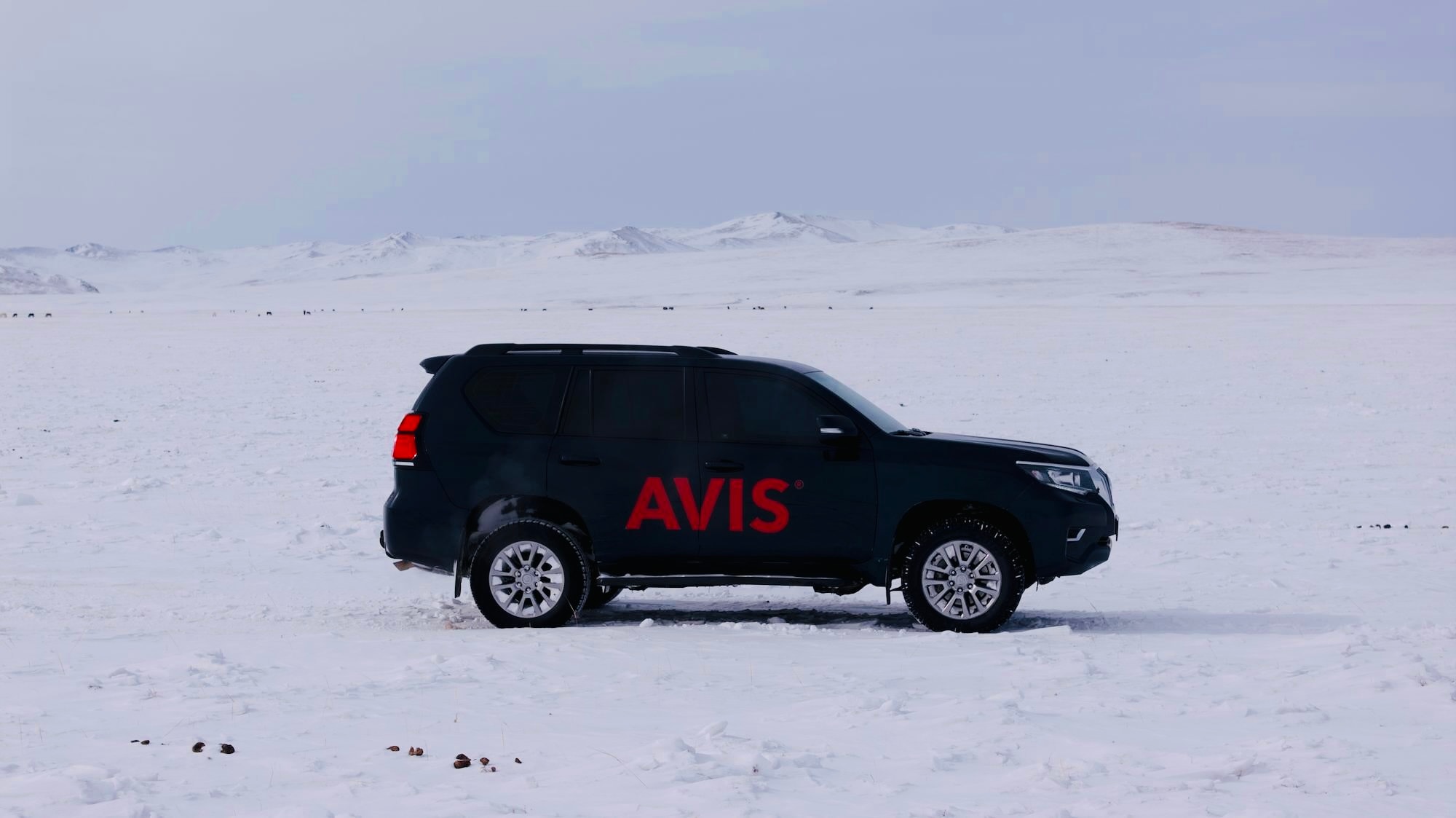
Mongolia in winter is a place where the land speaks for itself, and for those willing to listen, it’s an experience of pure, untouched nature.
Winter Trip Activities in Mongolia: Adventures in a Snowy Wonderland
Mongolia’s winter landscapes invite visitors to experience them firsthand through unique activities that turn the season into an unforgettable adventure. These winter pursuits, from ice driving to dog sledding, truly allow travelers to connect with the snowy wilderness of Mongolia.
Ice Driving on Khuvsgul Lake: A Thrilling Journey Across Frozen Waters
One of the most exhilarating winter activities is ice driving on Khuvsgul Lake, Mongolia’s largest freshwater lake. The lake freezes into a solid expanse each winter, allowing visitors to drive across its surface. For those seeking a rush, navigating the frozen lake by car or 4x4 is a unique way to feel the vastness of Mongolia’s landscapes, surrounded by mountains and the silence of the lake beneath a thick layer of ice.
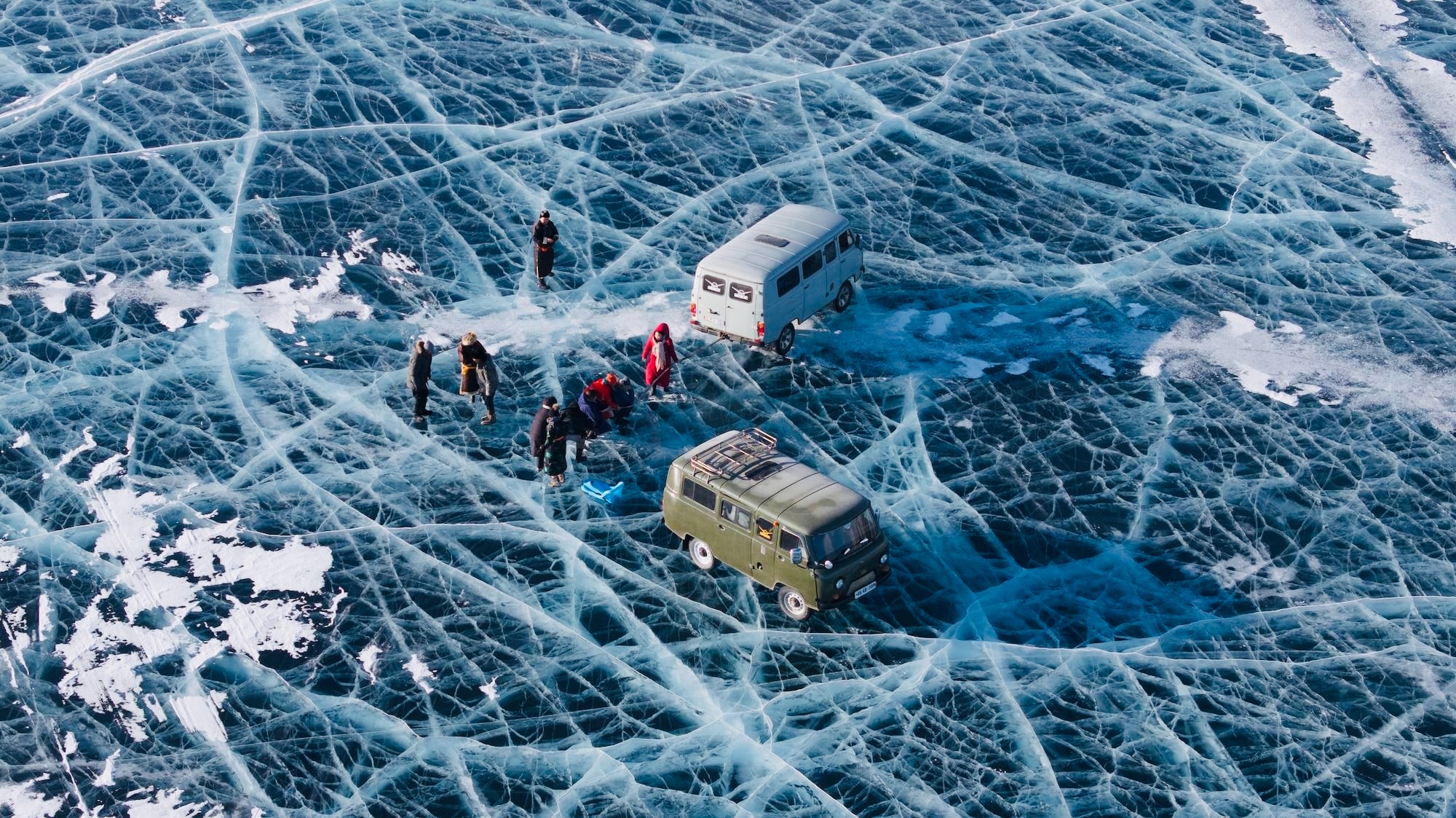
Dog Sledding Through the Snowy Forests: A Traditional Winter Adventure
For a different adventure, dog sledding is a winter favorite in Mongolia, particularly around Khuvsgul and Terelj National Park. Here, teams of eager huskies pull sleds across snowy forests and frozen rivers. The experience combines the dogs' energy with the natural setting’s peacefulness, giving riders a sense of traditional winter travel in Mongolia’s open wilderness. Riding alongside these hardworking dogs, accustomed to the cold, is exciting and an opportunity to appreciate the stamina and loyalty of these animals in action.
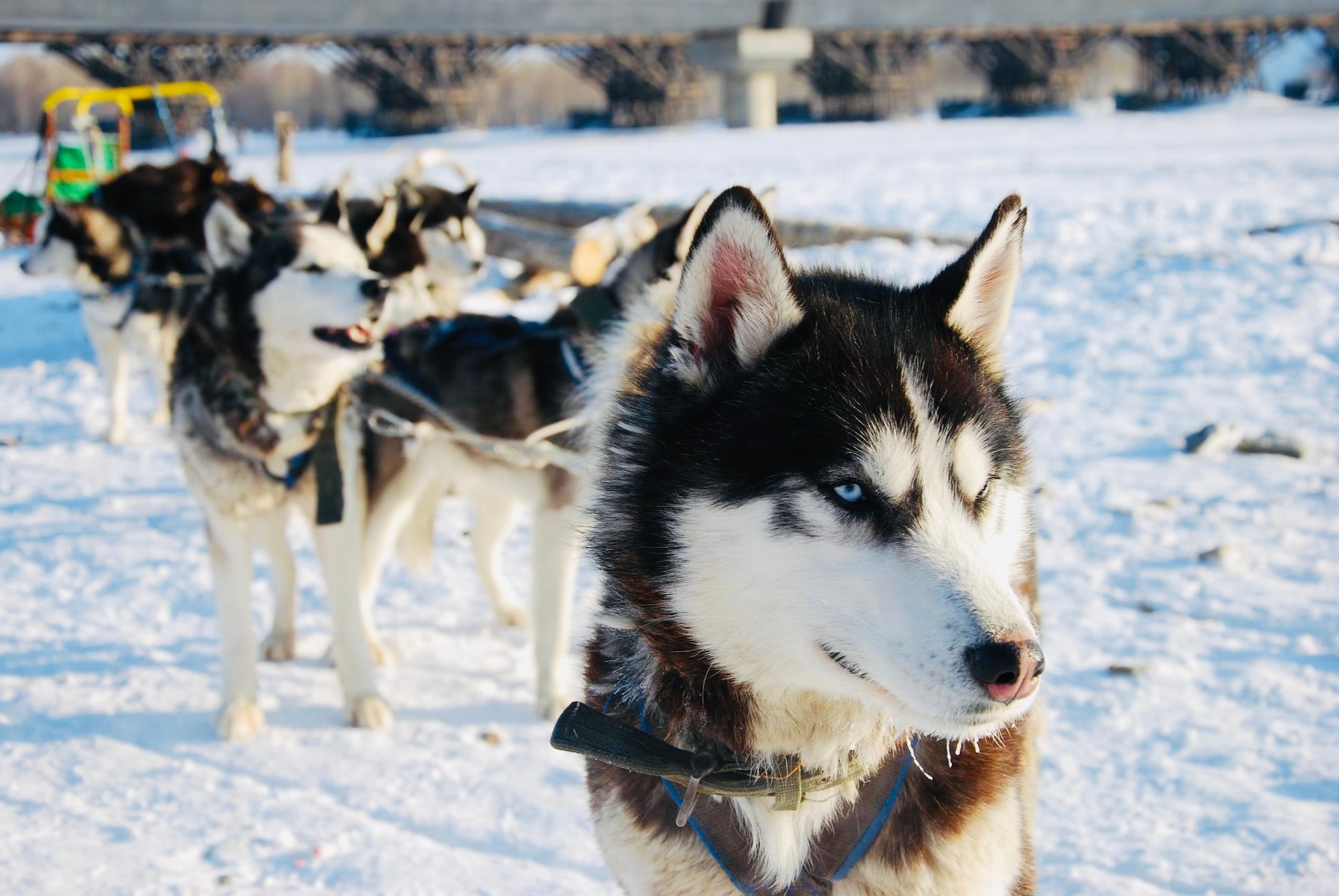
Camel Riding in the Snowy Gobi: A Desert Experience Like No Other
Camel riding in the Gobi Desert is another winter experience unlike any other. During winter, Mongolia’s Bactrian camels, known for their two humps and thick coats, traverse the snow-covered dunes of the Gobi. Mongolia has the world’s largest population of these camels, and they’re well-adapted to extreme winter conditions, making them the perfect companions for exploring the desert in winter. The quiet of the snow-covered desert, broken only by the sound of camels’ hooves on the snow, offers a tranquil and almost timeless experience.
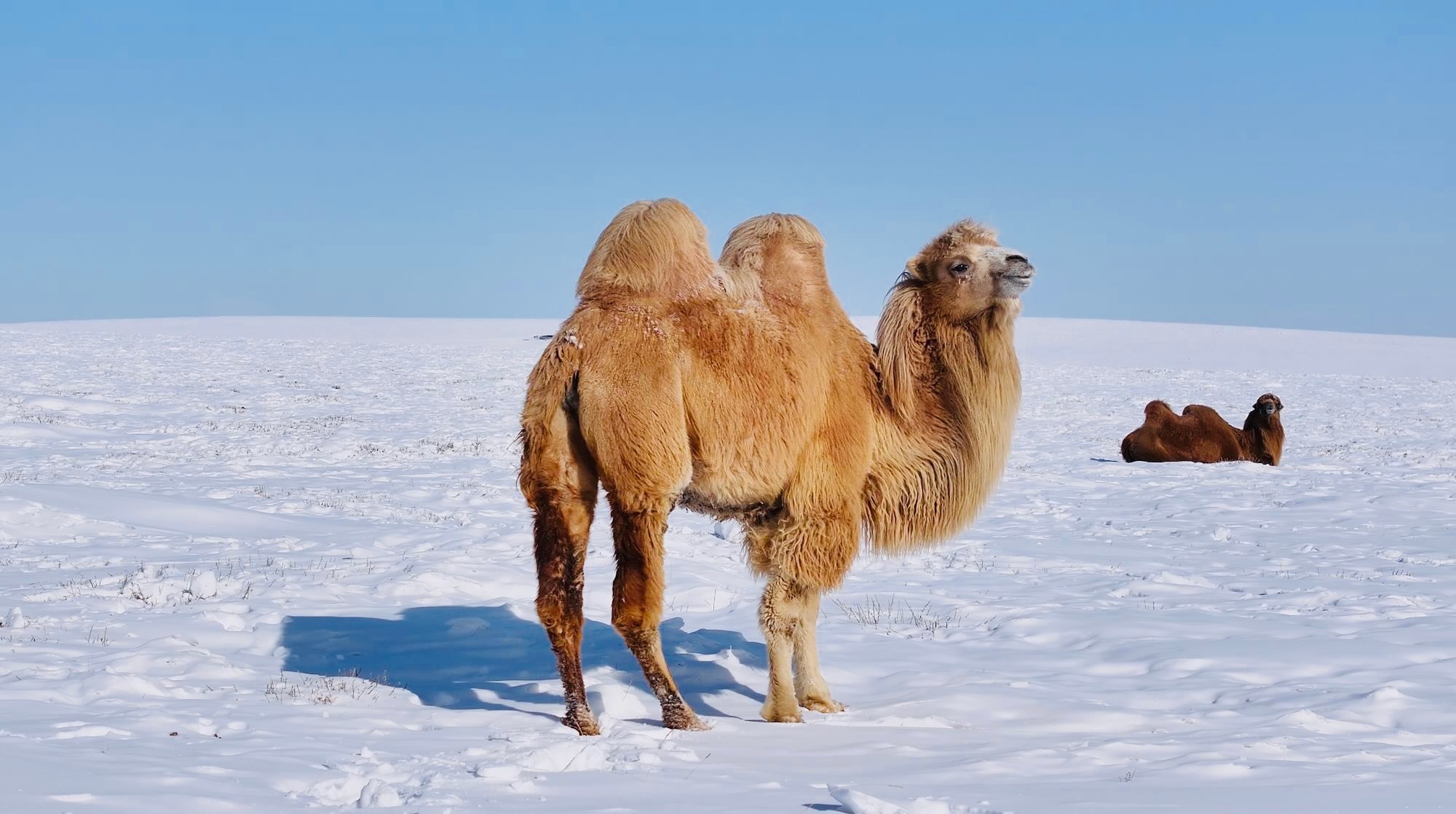
Ice Fishing on Frozen Lakes: Solitude in Mongolia’s Winter Wilderness
Ice fishing on frozen lakes like Khuvsgul or the rivers around the Orkhon Valley provides a peaceful retreat for those looking to slow down and reconnect with nature. Here, ice fishing is more about the experience and solitude than the catch. Surrounded by the snowy landscape, with only the sound of the wind and the ice, this activity offers quiet reflection amid Mongolia’s vast wilderness.
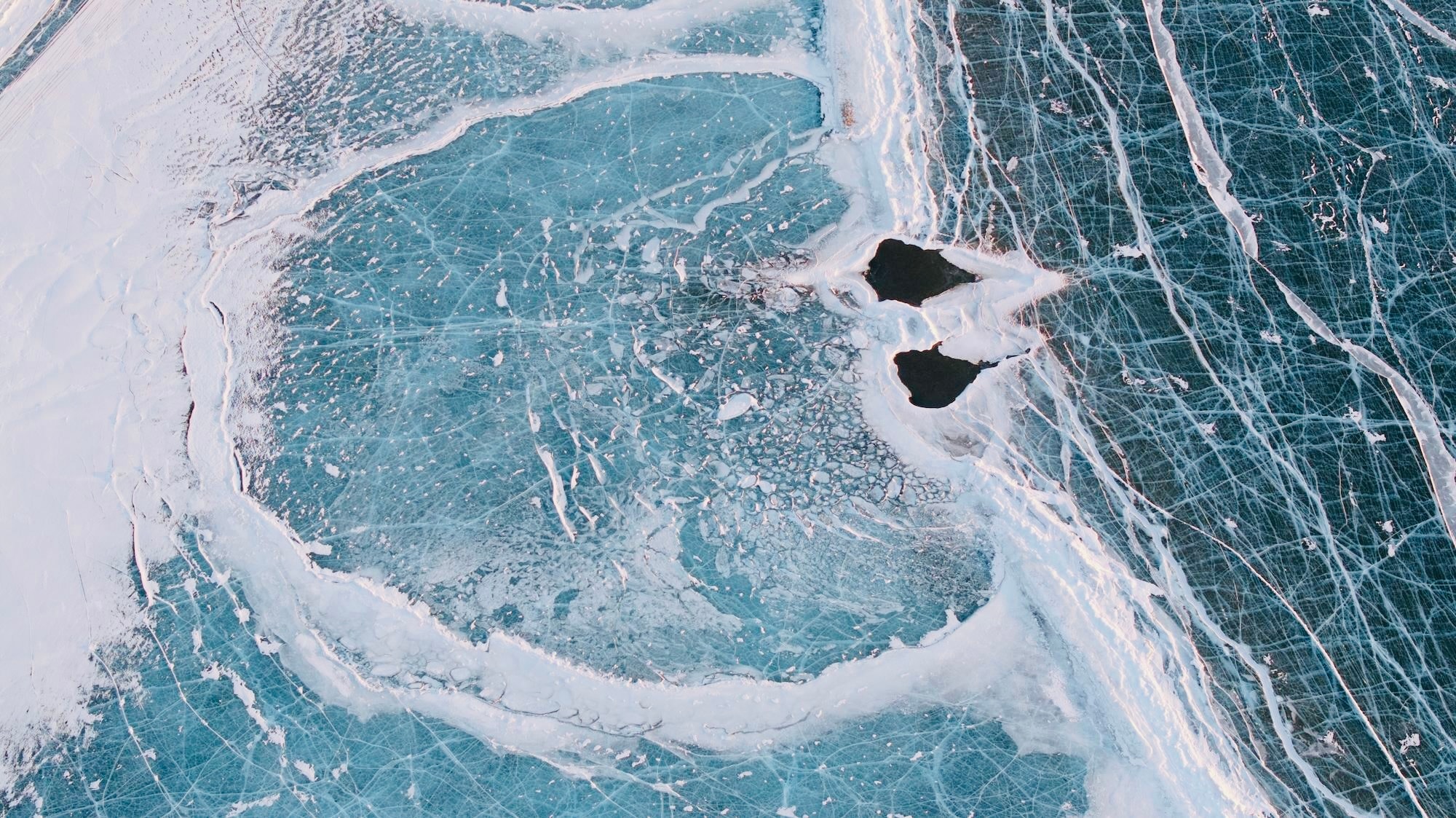
Winter Camping in a Traditional Yurt: A Night Under Mongolia’s Starry Sky
Winter camping in Mongolia offers travelers the chance to stay in a traditional yurt surrounded by snow. In places like Terelj National Park or the Altai Mountains, visitors can enjoy a warm fire inside the yurt while the cold air and clear skies outside offer breathtaking views of stars rarely seen so vividly elsewhere. The contrast between the warmth of the yurt and the brisk outdoor air brings a sense of calm and connection to the surrounding landscape.
Mongolia’s winter adventures offer a way to experience the landscape up close, turning the cold season into a playground of snow, ice, and unforgettable moments. For travelers ready to embrace the season, these activities open up the country in a way only possible in winter.
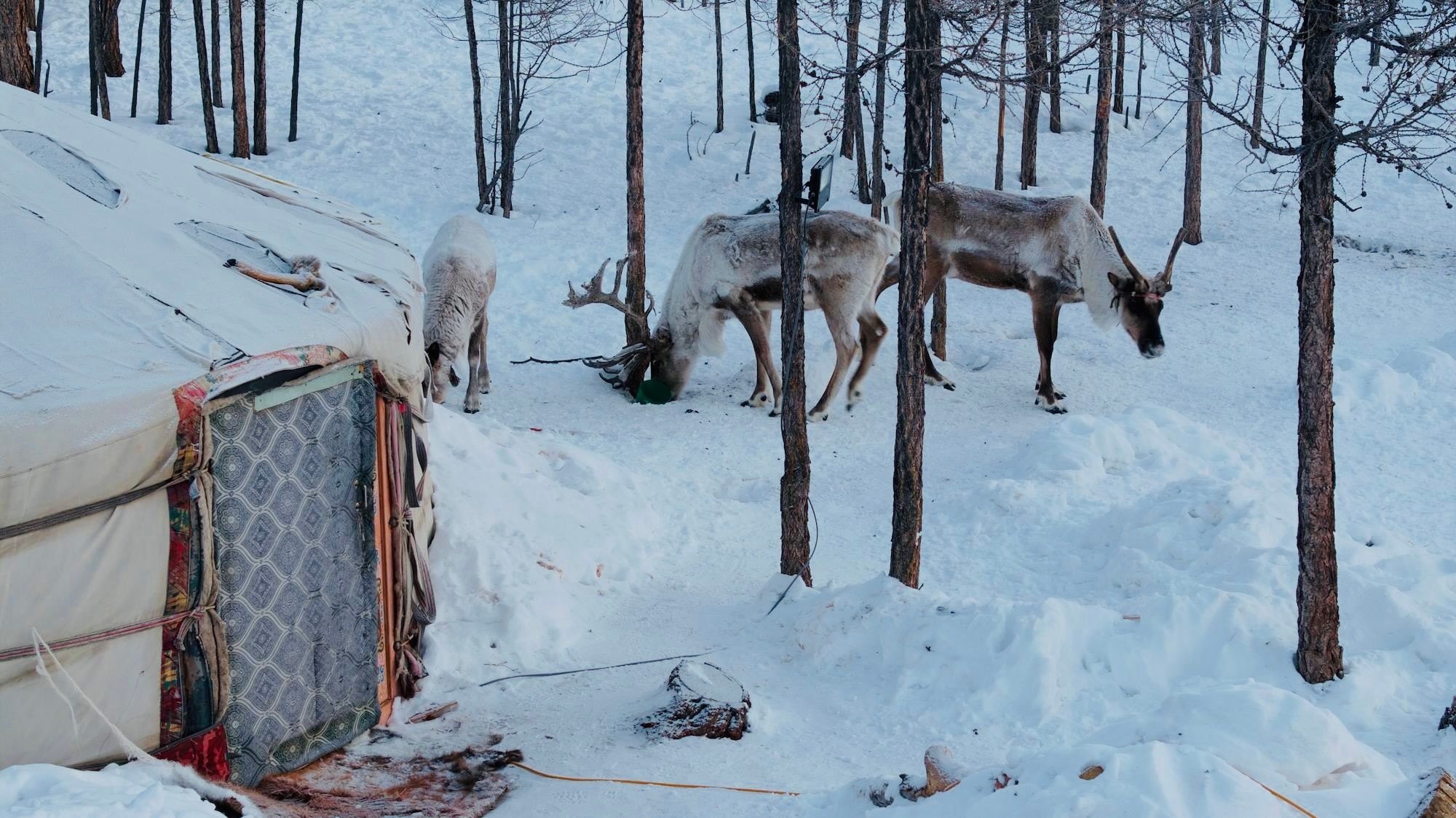
Winter in Ulaanbaatar: The Capital’s Seasonal Charm
After exploring Mongolia’s expansive countryside, stepping into Ulaanbaatar in winter provides a lively contrast, blending tradition with the bustle of city life. Known as the coldest capital city in the world, Ulaanbaatar embraces winter with energy, history, and a warm spirit that visitors won’t find anywhere else.
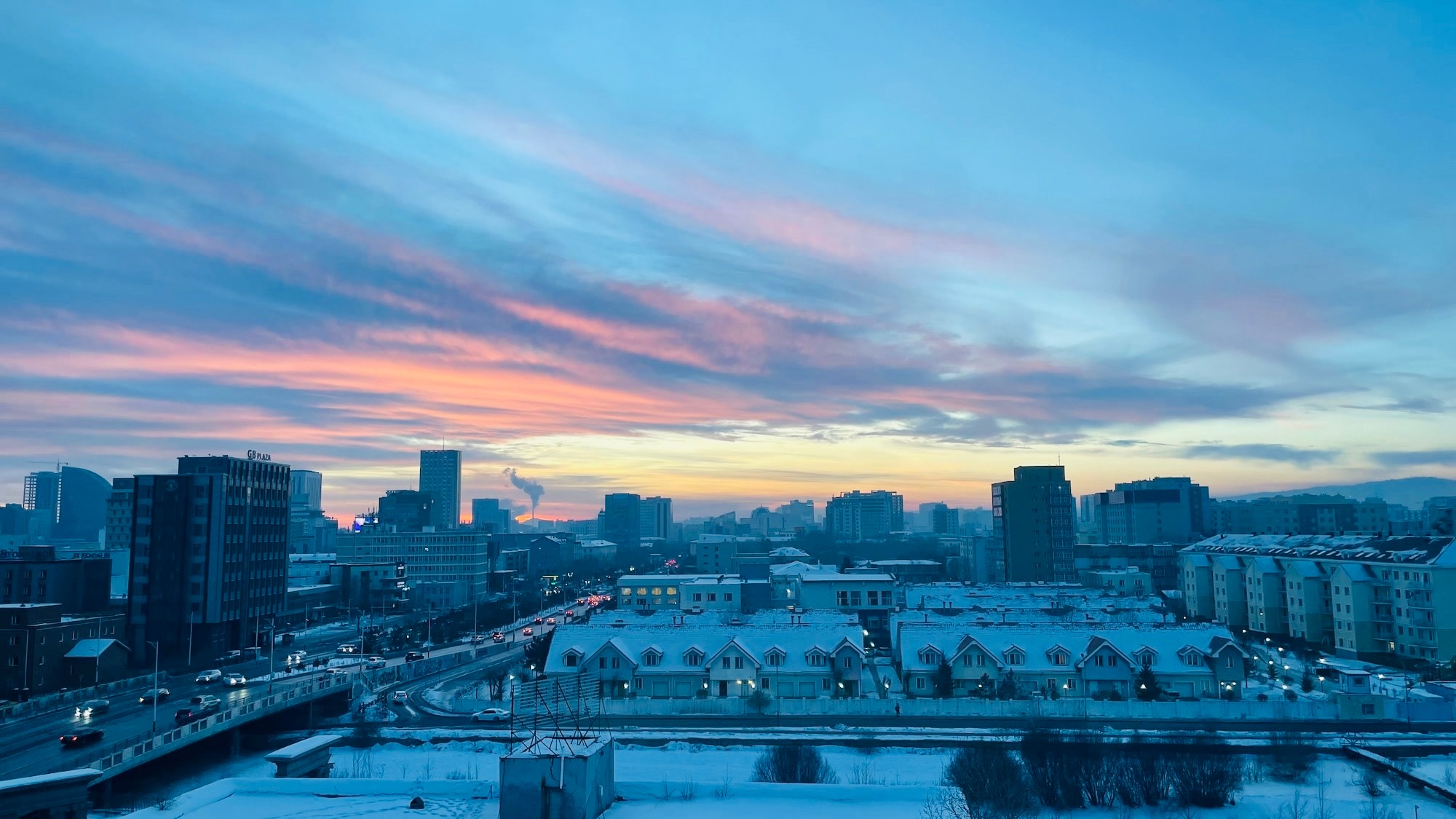
Winter Landmarks and Cultural Sites
A visit to Ulaanbaatar isn’t complete without seeing some historic sites, which take on a serene beauty during winter. Gandan Monastery is one of Mongolia’s most important Buddhist temples at the city's heart. Against a backdrop of snow-covered mountains, this peaceful site invites visitors to experience Mongolian Buddhism in an atmosphere where the cold outside enhances the quiet, reflective feeling inside.

The Winter Palace of the Bogd Khan is another must-see. It offers insights into the life of Mongolia’s last king, Bogd Khan, through well-preserved artifacts and traditional architecture from the early 20th century. This palace reflects the Bogd Khanate period, capturing Mongolia's cultural and political atmosphere during that transitional time.
The National Museum of Mongolia is an ideal spot for a deeper understanding of Mongolia’s history, especially during the cold months. Inside, travelers can explore Mongolia’s rich past, from the days of the Mongolian Empire to modern traditions, gaining a sense of the cultural heritage that still influences daily life in Ulaanbaatar today.
Another unmissable destination is the recently opened Chinggis Khan Museum, a seven-level museum dedicated to Mongolia's most iconic historical figure’s life, legacy, and era. This modern museum offers a comprehensive look at the Mongol Empire, with exhibits covering everything from Chinggis Khan's military strategies and conquests to the empire's cultural and economic impact across Asia and beyond. Visitors can explore thousands of artifacts, interactive displays, and multimedia exhibits that bring Mongolia’s past to life.
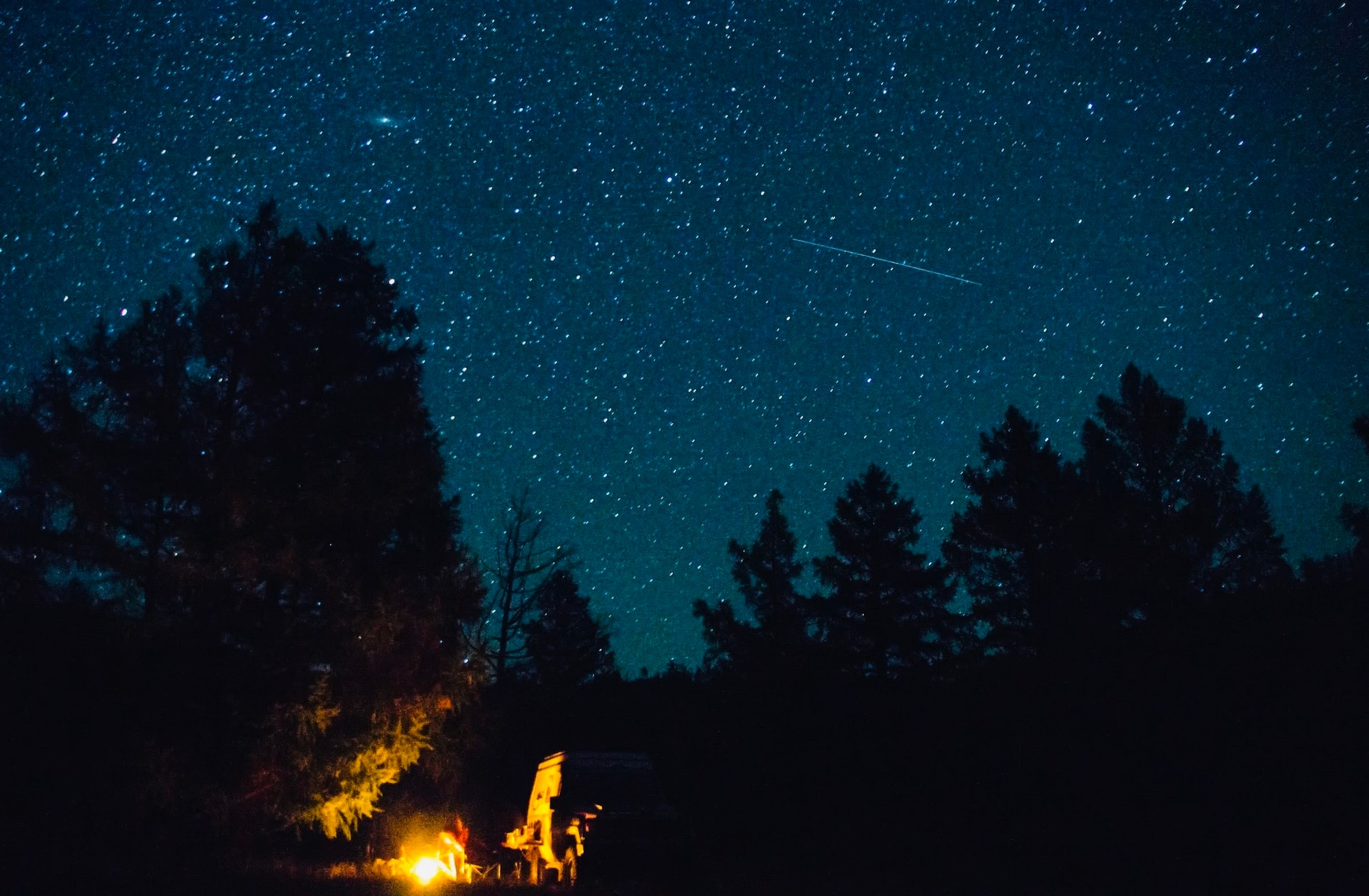
A Blend of Tradition and Modern Energy
When people picture Mongolia, vast open landscapes often come to mind, but Ulaanbaatar surprises visitors with a lively urban scene that feels empty. The city’s winter charm isn’t just about the cold; it’s about the vibrant energy filling its streets, restaurants, and nightspots, where locals and travelers gather to warm up and enjoy the season.
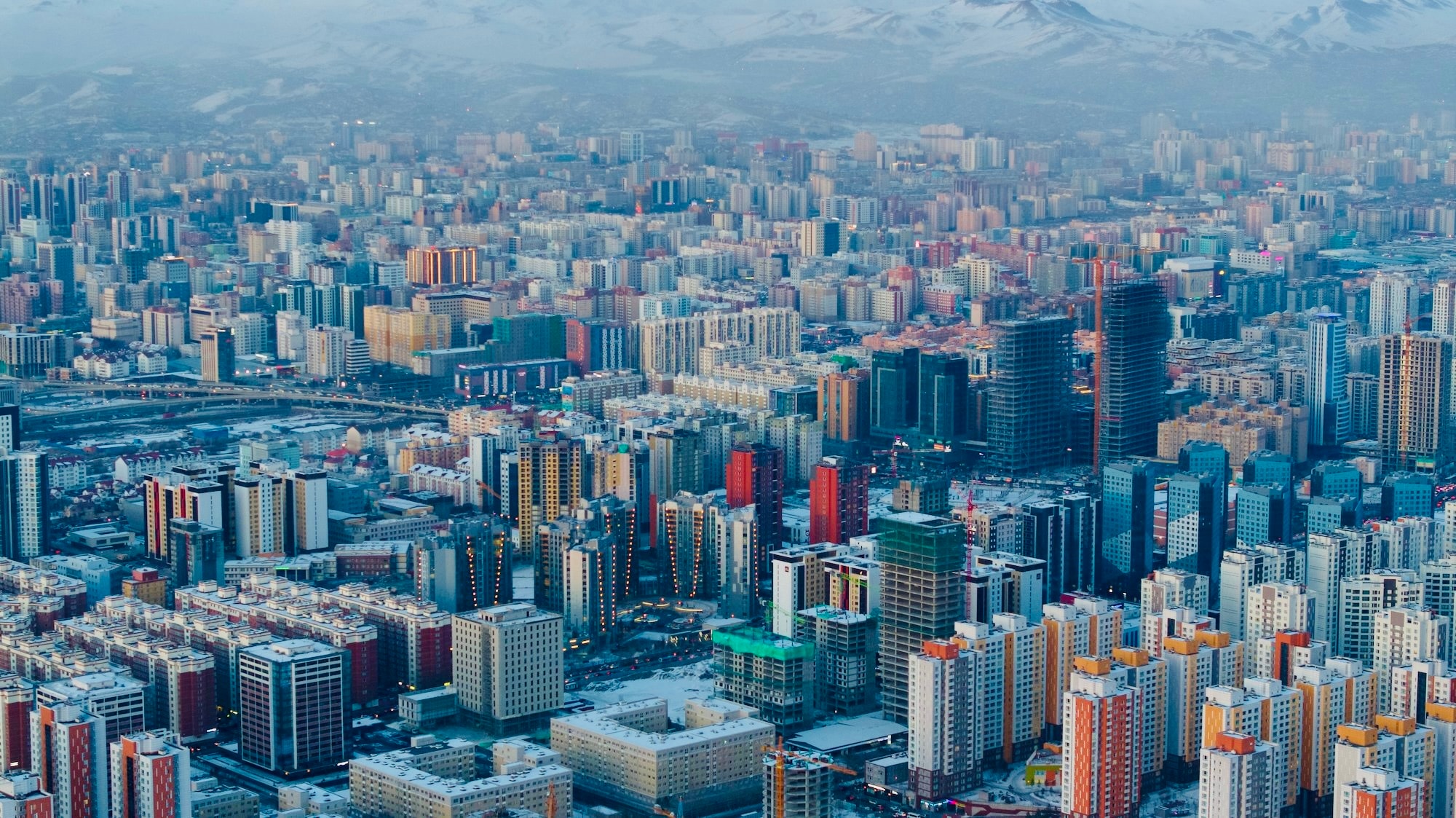
Ulaanbaatar’s dining scene combines Mongolian tradition with international flavors. These local dishes showcase Mongolia's winter comfort foods, from traditional Buuz (steamed dumplings) to Tsuivan (stir-fried noodles). But the city’s culinary offerings don’t stop there; Ulaanbaatar has grown into a diverse destination for food lovers, with Korean BBQ spots, Japanese ramen bars, and Western-style cafes and restaurants. Hot pot restaurants are especially popular during winter, bringing people together for a warm, social dining experience.
Beyond its food, Ulaanbaatar’s nightlife and café culture keep the city buzzing long after sunset. Cozy cafes, bustling bars, and lively nightclubs warm the coldest nights, making it a city with surprises. Whether looking for a quiet café to enjoy tea, a trendy bar for drinks with friends, or a dance floor to unwind, Ulaanbaatar’s winter mix of tradition and modern energy shows a side of Mongolia many don’t expect.

The State Department Store: Last Stop for Souvenirs
For many visitors, the State Department Store in Ulaanbaatar is the last stop before heading to the airport. This iconic store offers a chance to pick up unique souvenirs and essentials under one roof. It has something for everyone, from cashmere scarves and traditional Mongolian crafts to handmade yurts and quirky yurt-shaped chocolates—perfect for bringing a taste of Mongolia home.
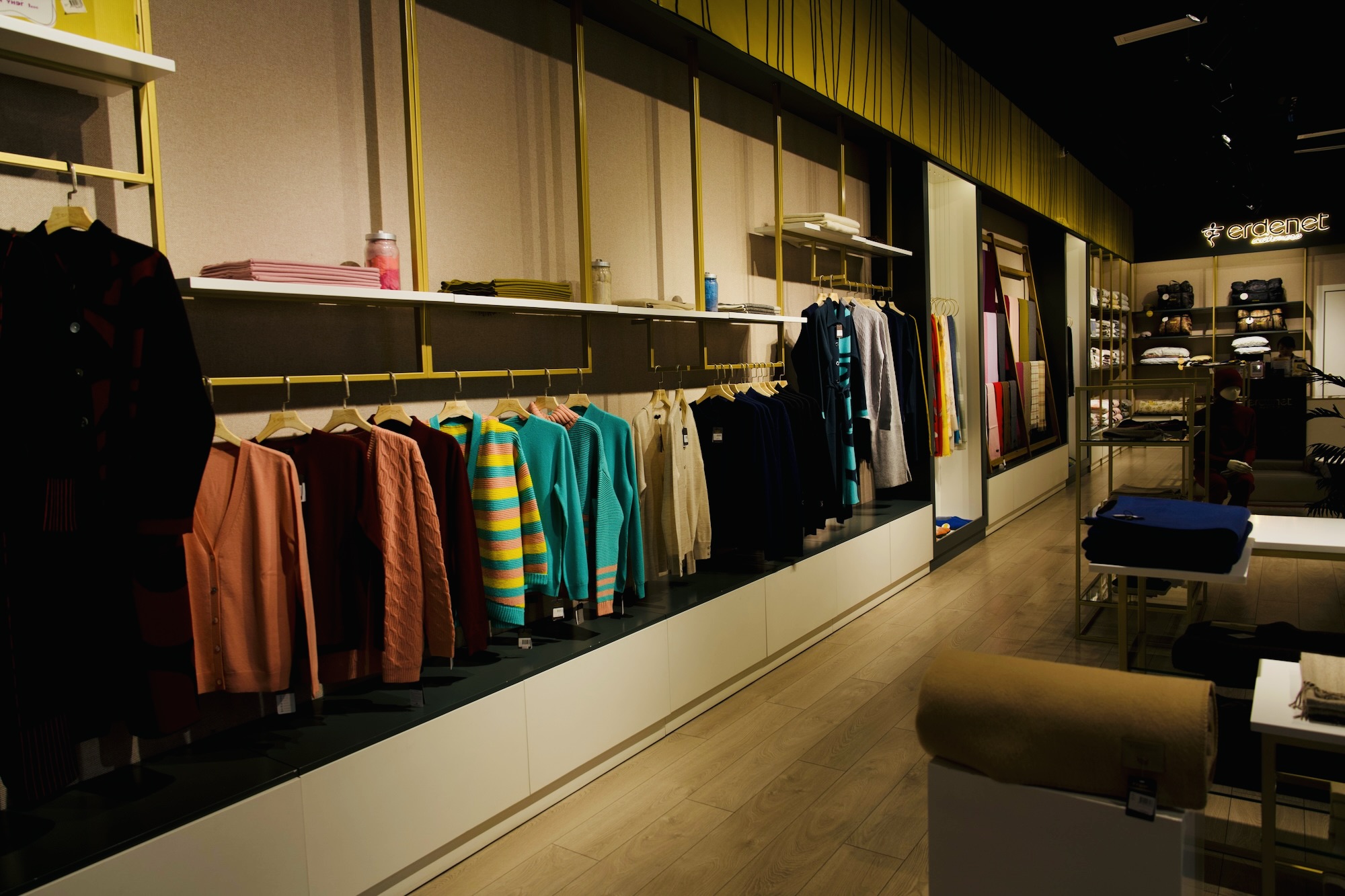
And, of course, no visit would be complete without a bottle of Chinggis Gold Vodka, Mongolia’s most famous spirit, known for its smooth, distinctive flavor. Often enjoyed at family gatherings and celebrations, Chinggis Gold Vodka is a popular item among travelers and makes for a memorable gift.
The State Department Store captures everything Mongolia offers, giving travelers an easy way to take a piece of Mongolian culture with them, whether through crafted goods or iconic local flavors.
Embracing Mongolia’s Brutal Cold to Find Its Beauty
Visiting Mongolia in winter may seem daunting, with its legendary cold and endless snow-covered landscapes. But those who embrace this season find that Mongolia offers a warmth beyond the chill—seen in its vibrant culture, stunning scenery, and the hospitality of its people. The biting cold of “The Nine Nines of Winter,” a tradition that breaks winter into nine sets of nine days, is Mongolia’s way of welcoming each year with resilience and strength. Those who venture out to experience it firsthand find a beauty that can’t be captured anywhere else.
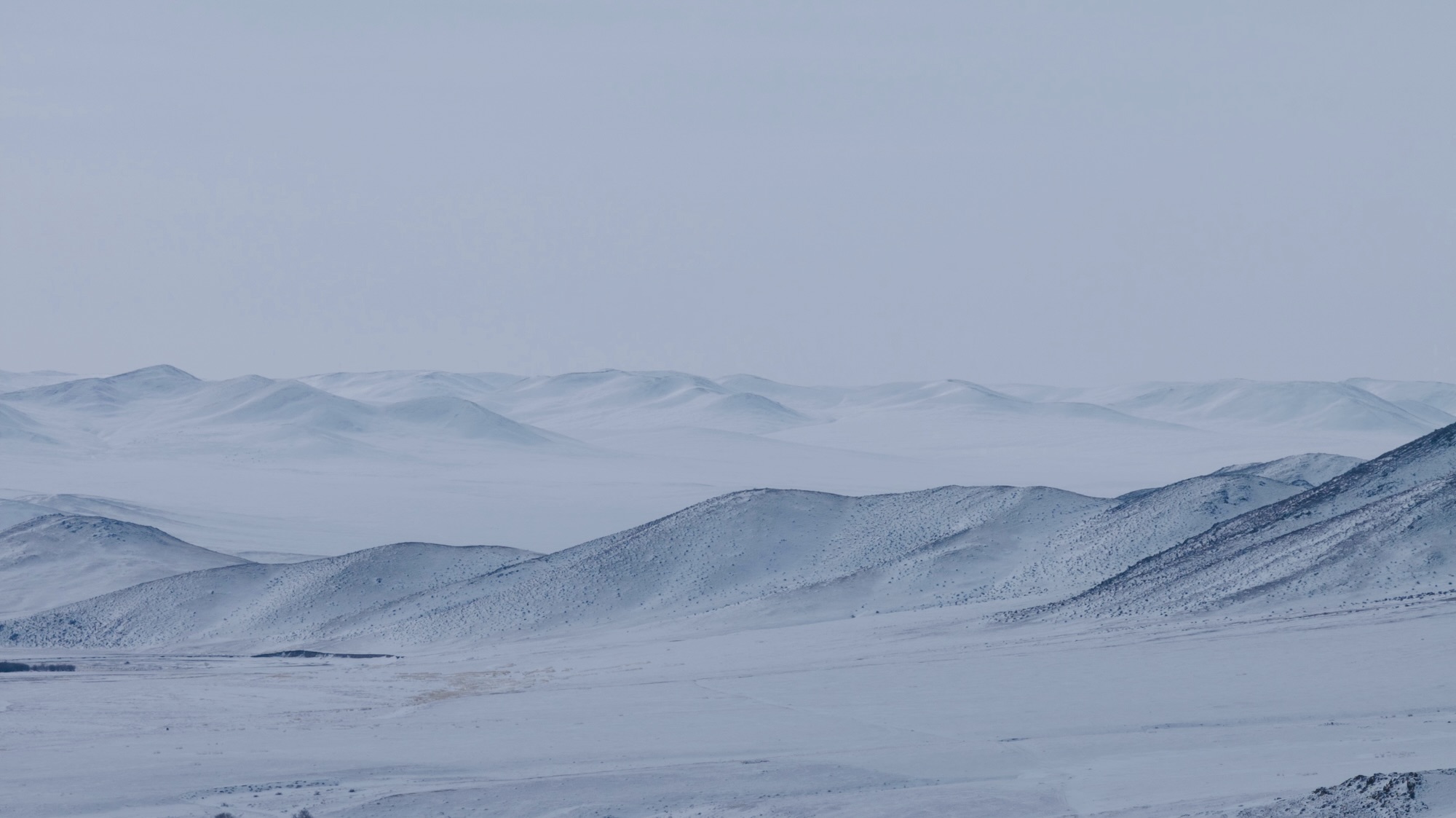
Imagine the thrill of driving across a frozen lake, the quiet of ice fishing, or sharing a bowl of Suutei Tsai inside a Traditional Yurt as the stove crackles and the wind whispers outside. In these moments, winter in Mongolia becomes more than a destination—it becomes an experience of life in its rawest, most authentic form. For those willing to embrace the adventure, Mongolia’s winter wonderland offers sights and memories that endure long after the snow melts.
So, if you’re ready to challenge yourself, feel the chill of “The Nine Nines of Winter,” and discover a world of snow, clear skies, and rich traditions, Mongolia is waiting. Visit AVIS Mongolia to start planning a journey showing you the meaning of resilience, beauty, and warmth—no matter the season.
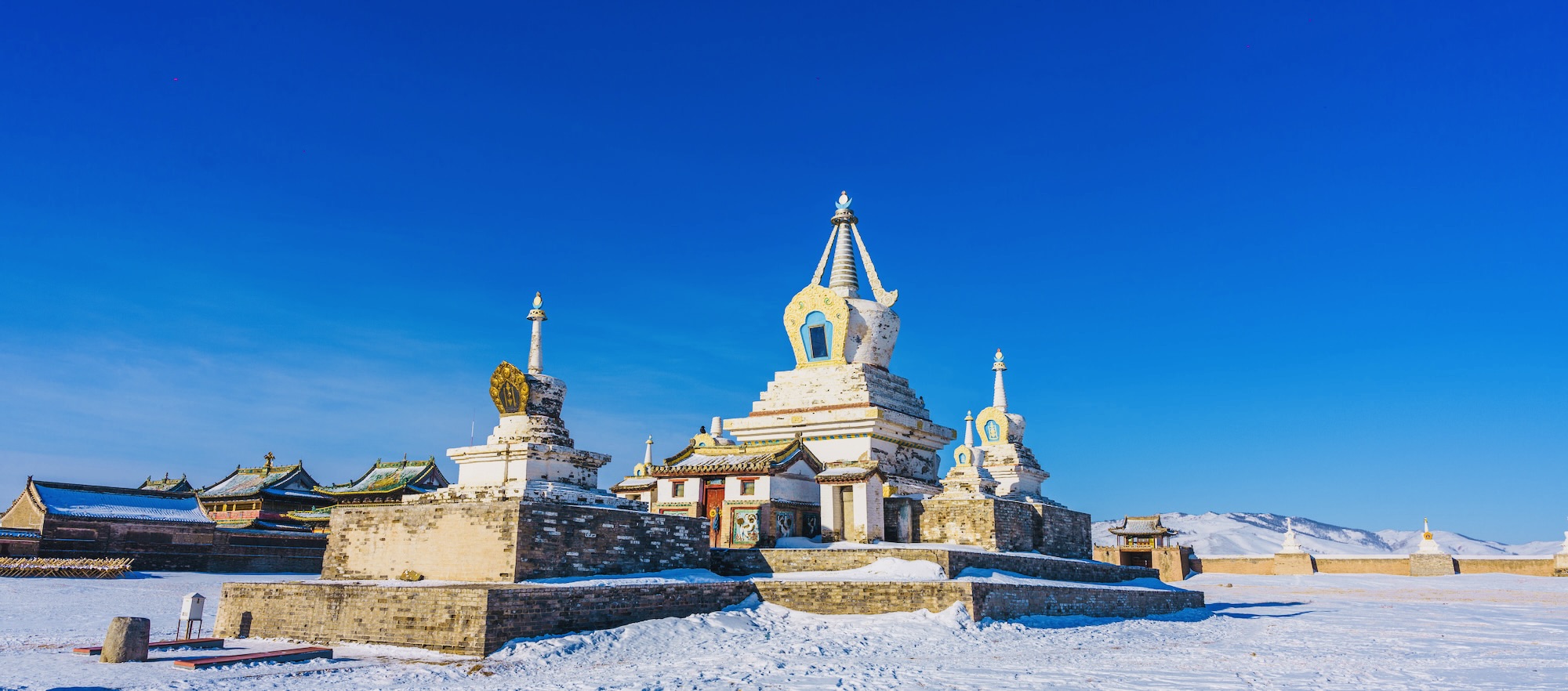 Author: Marla
Author: Marla
 Mongolia’s rugged mountains, snow-covered under the eternal blue sky, perfect for a winter trip.
Mongolia’s rugged mountains, snow-covered under the eternal blue sky, perfect for a winter trip.